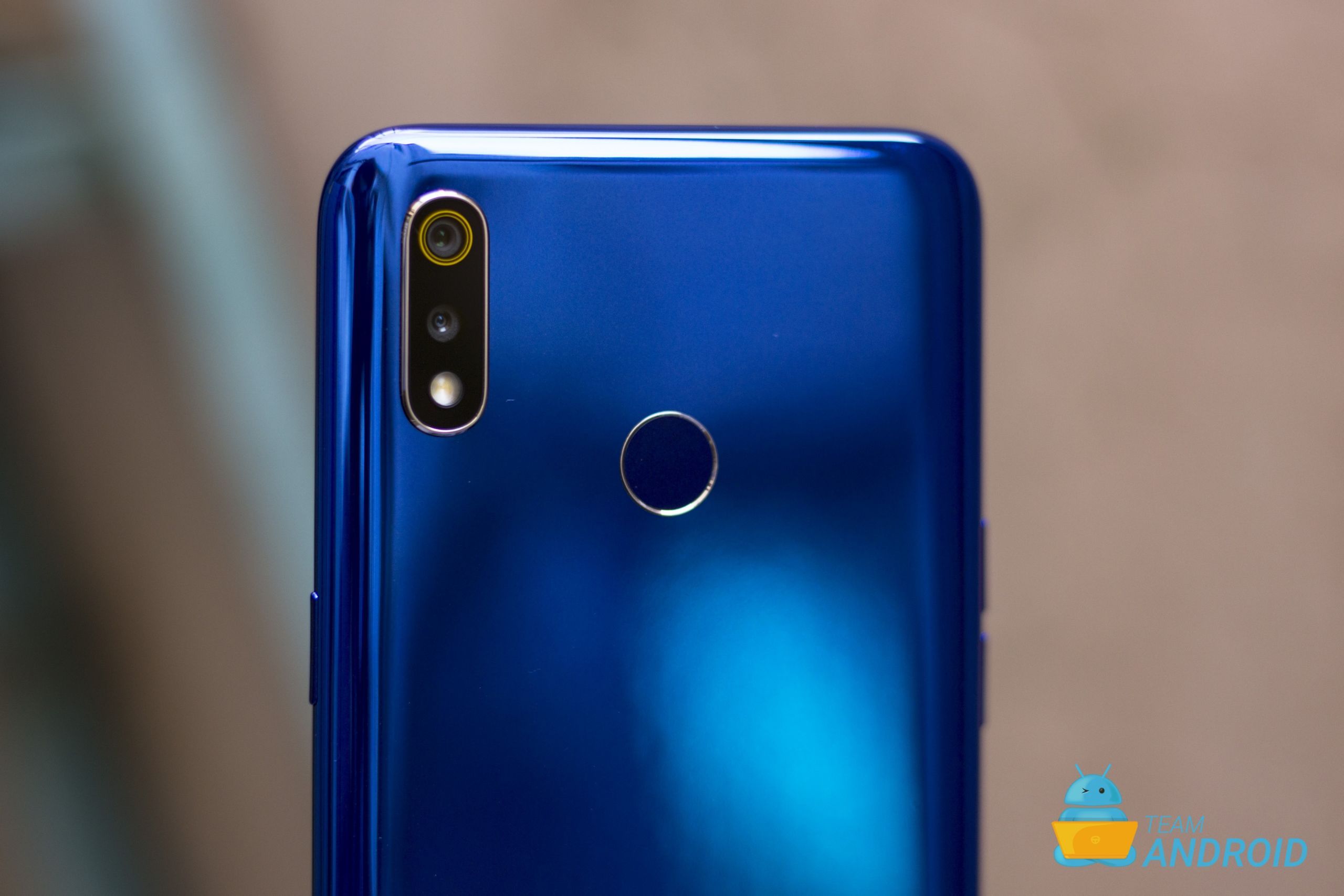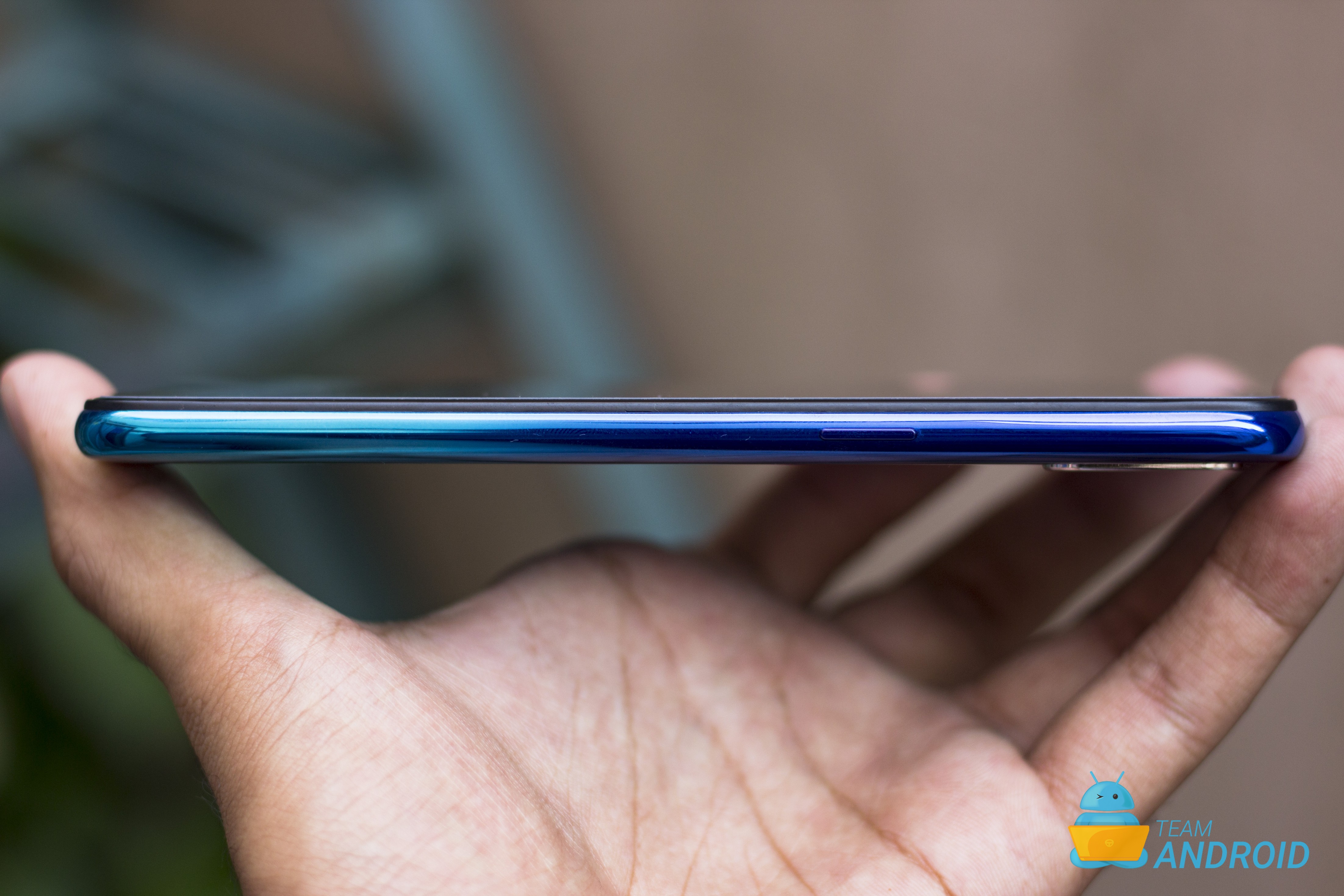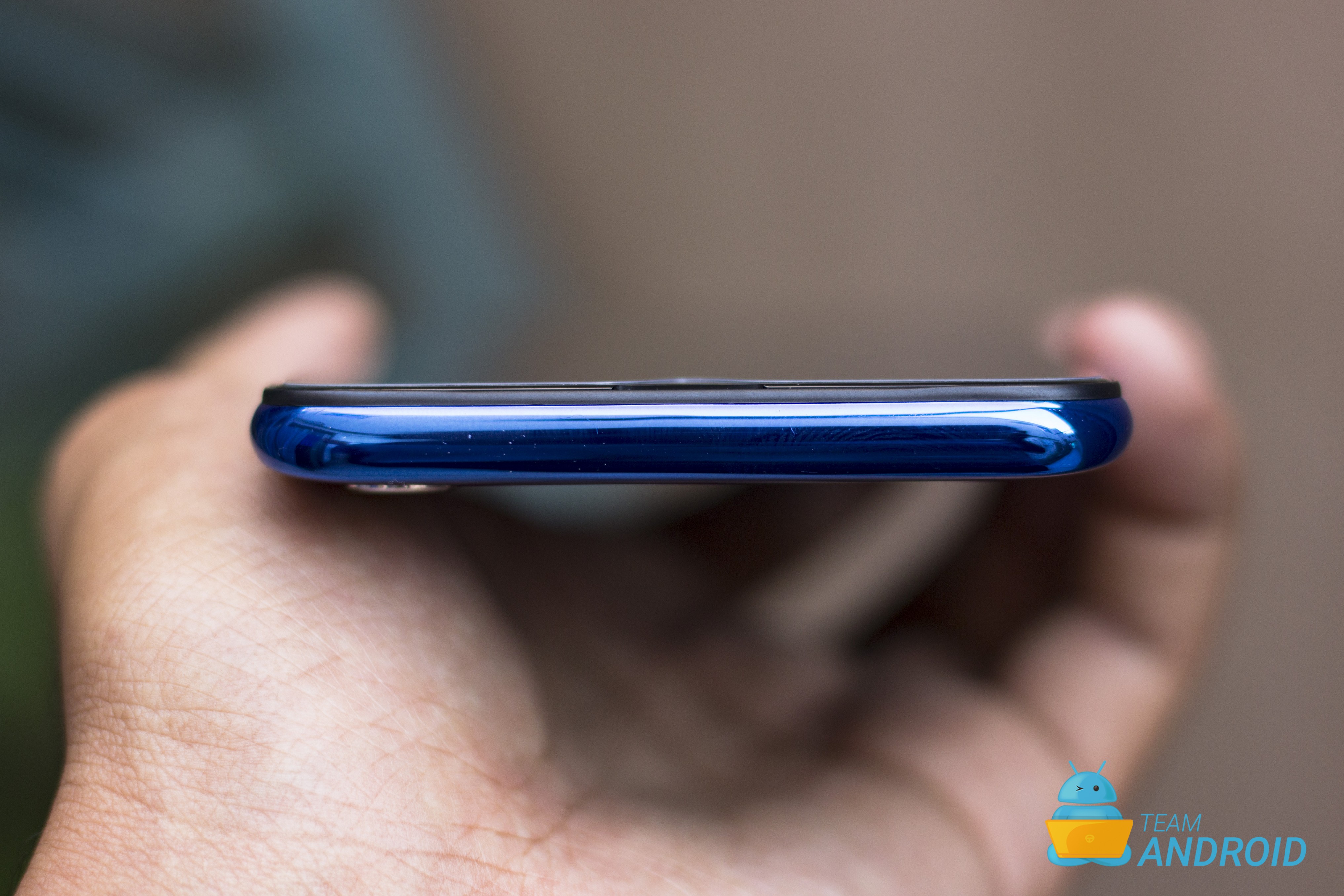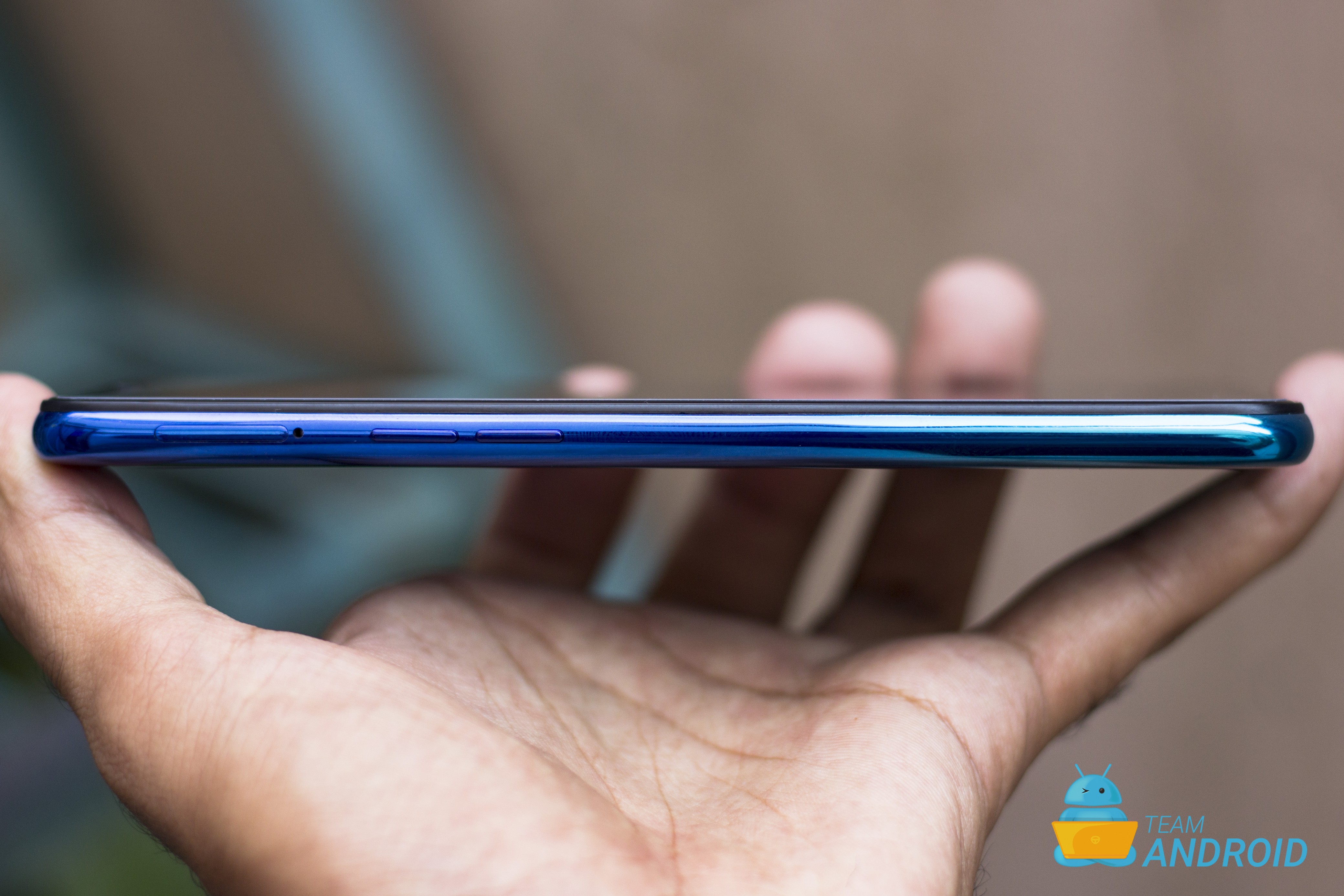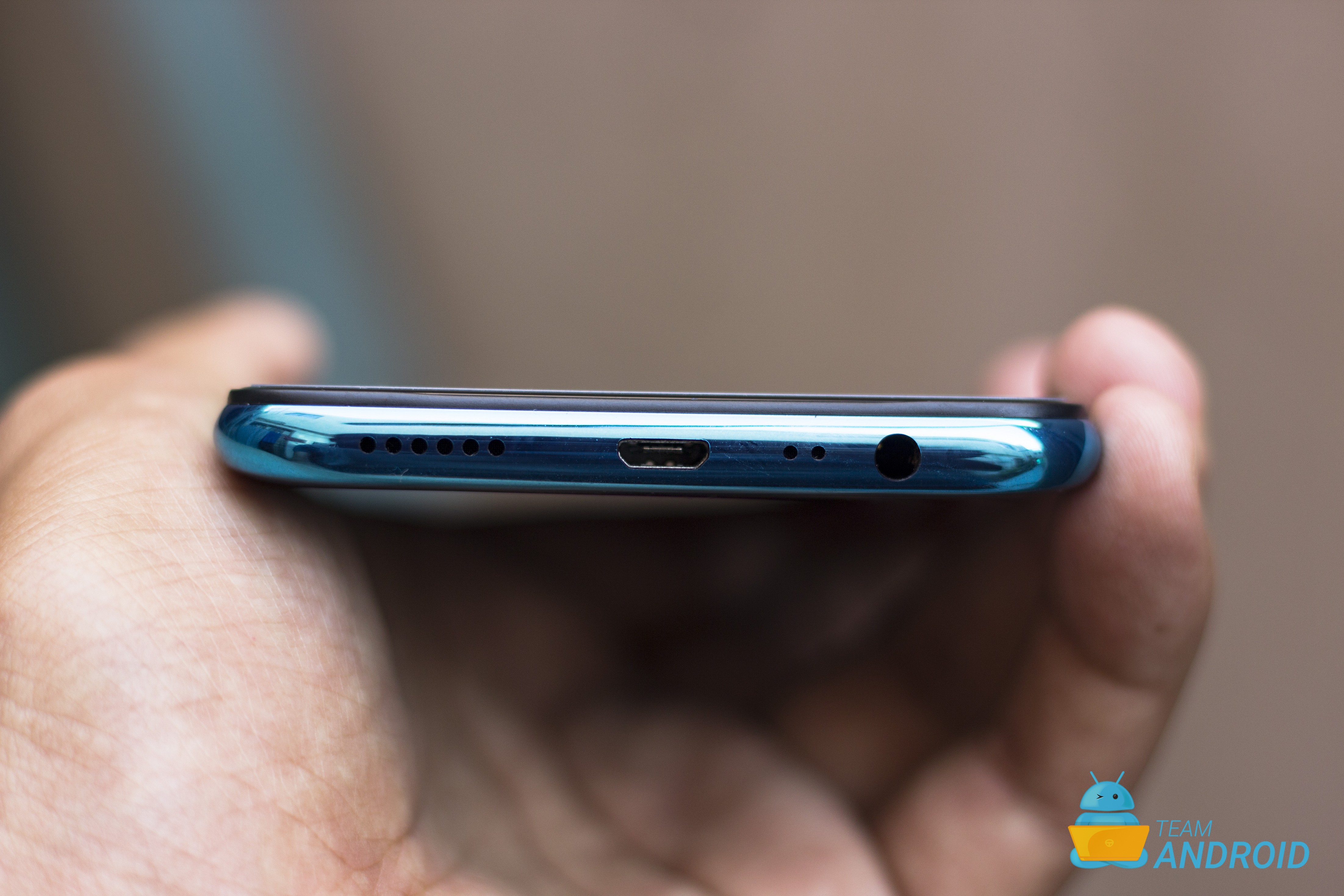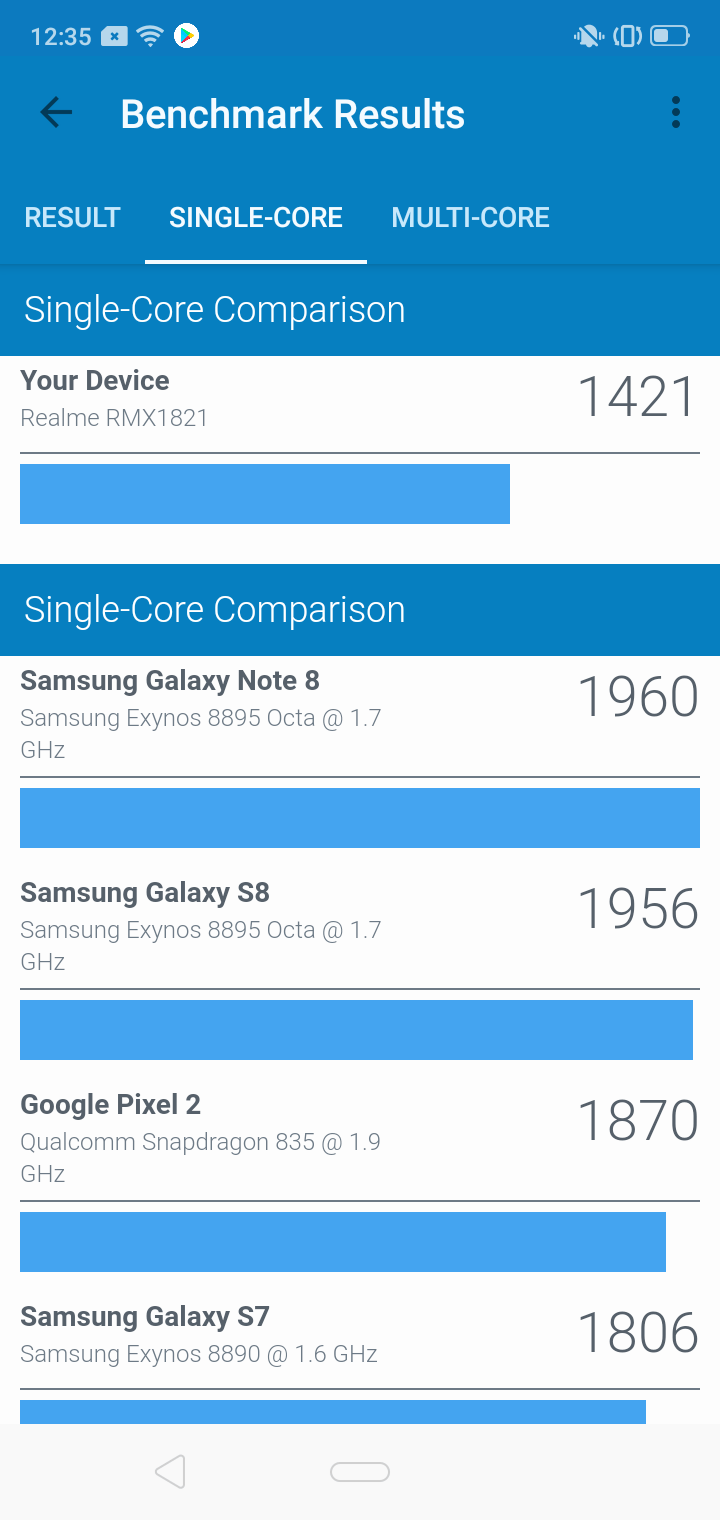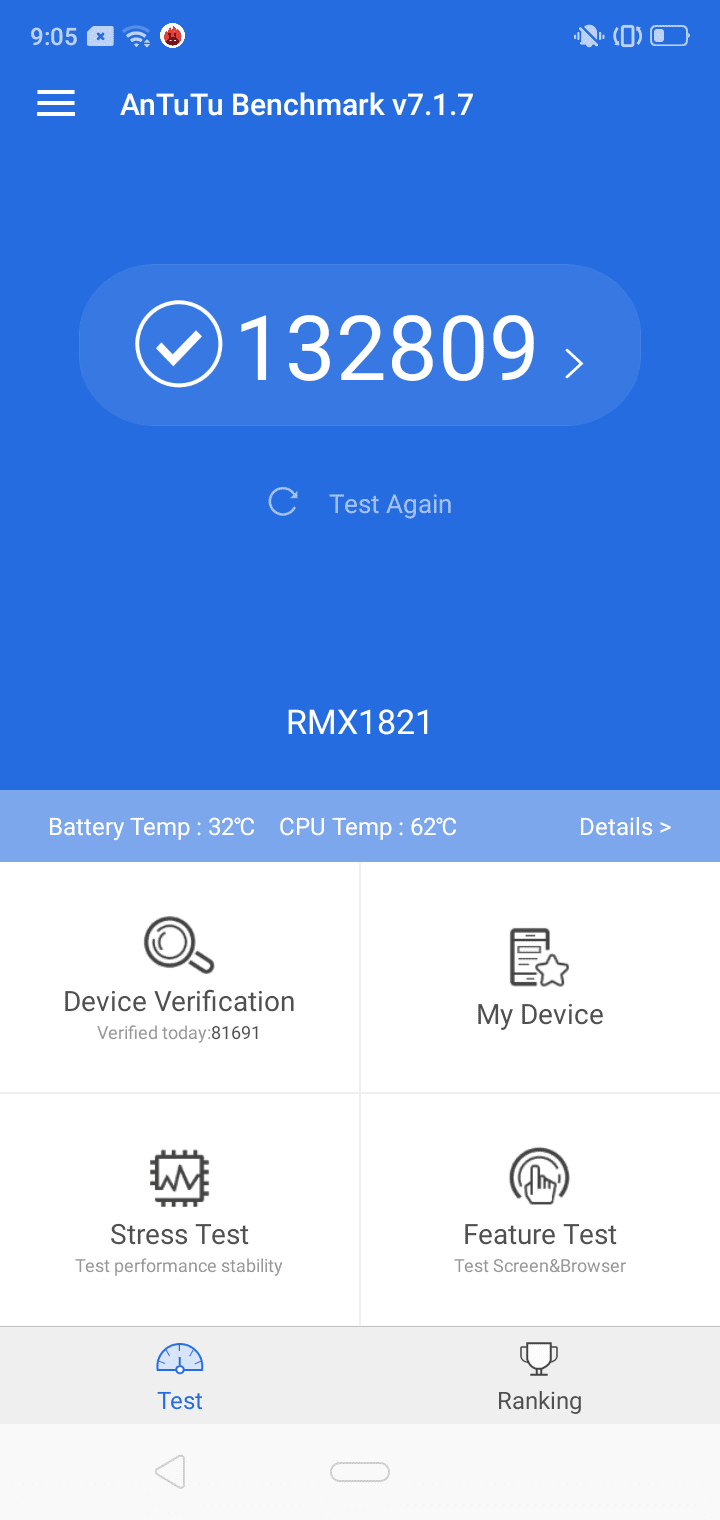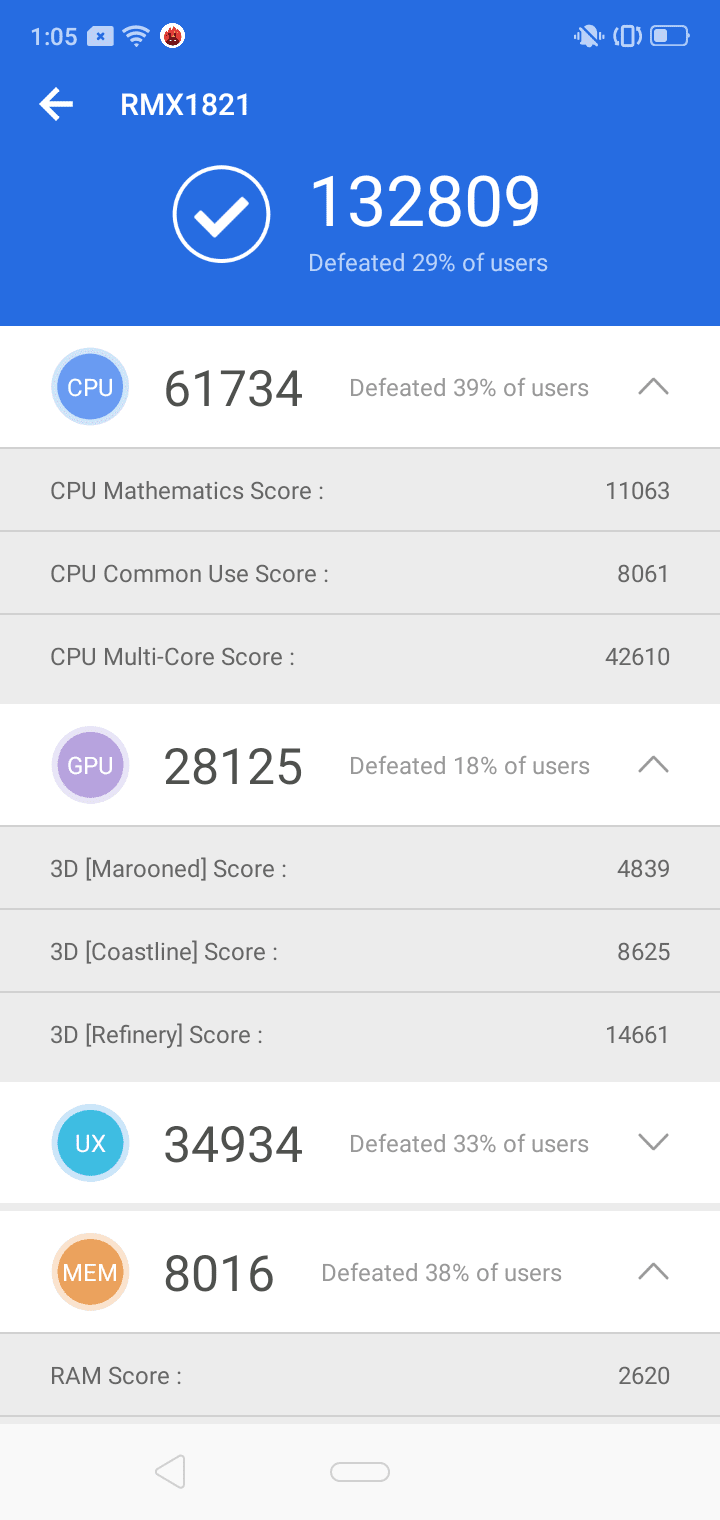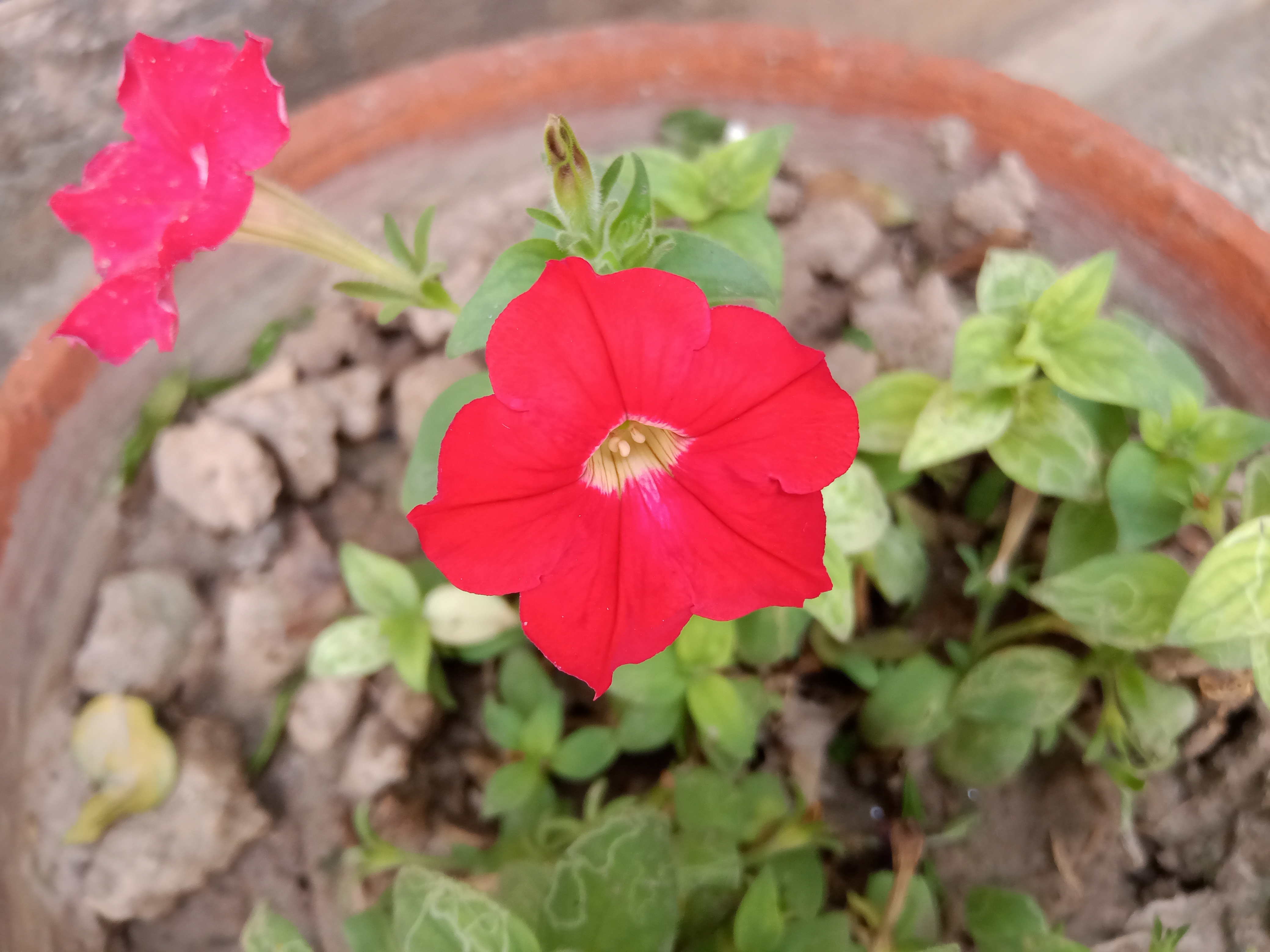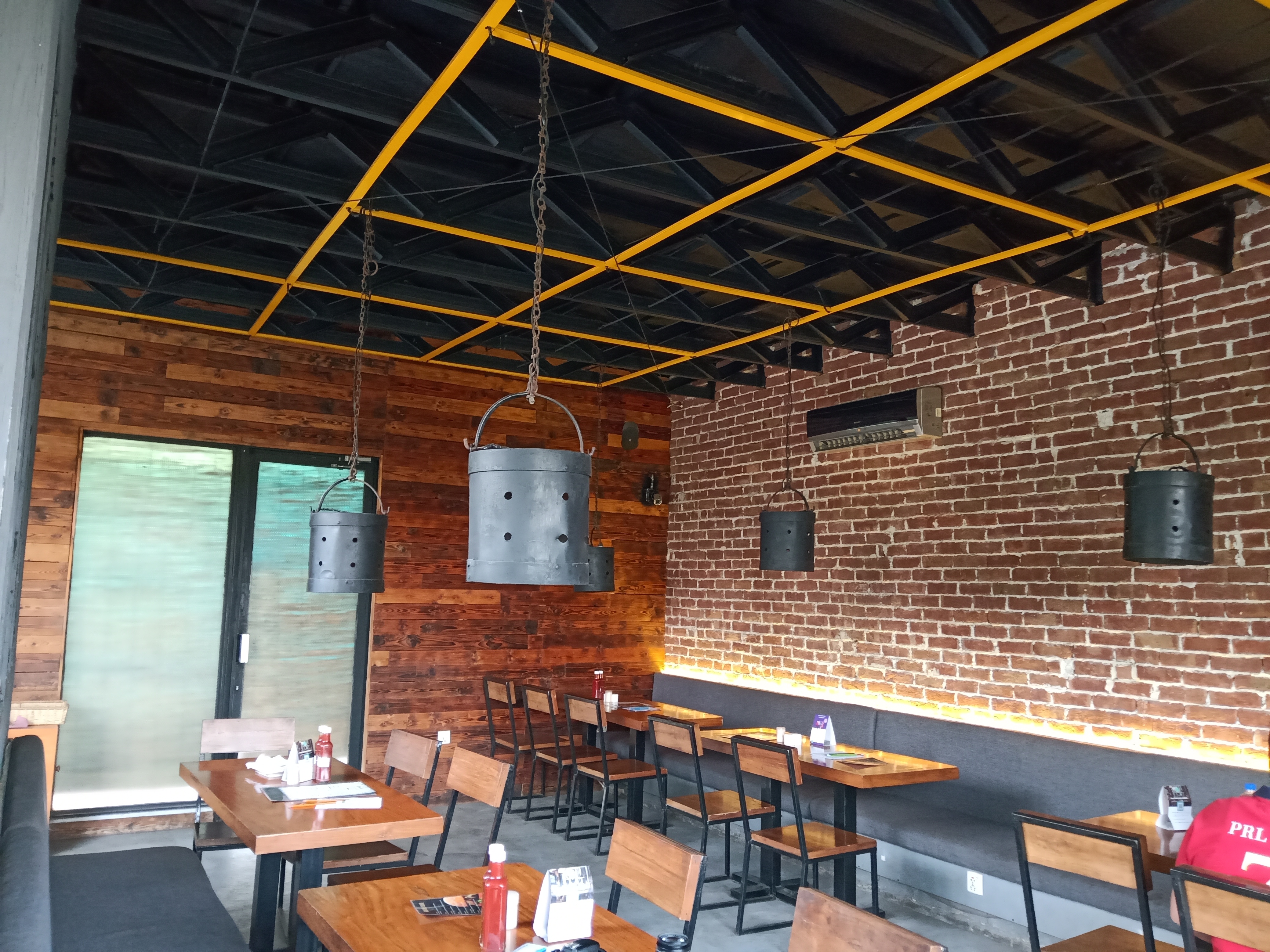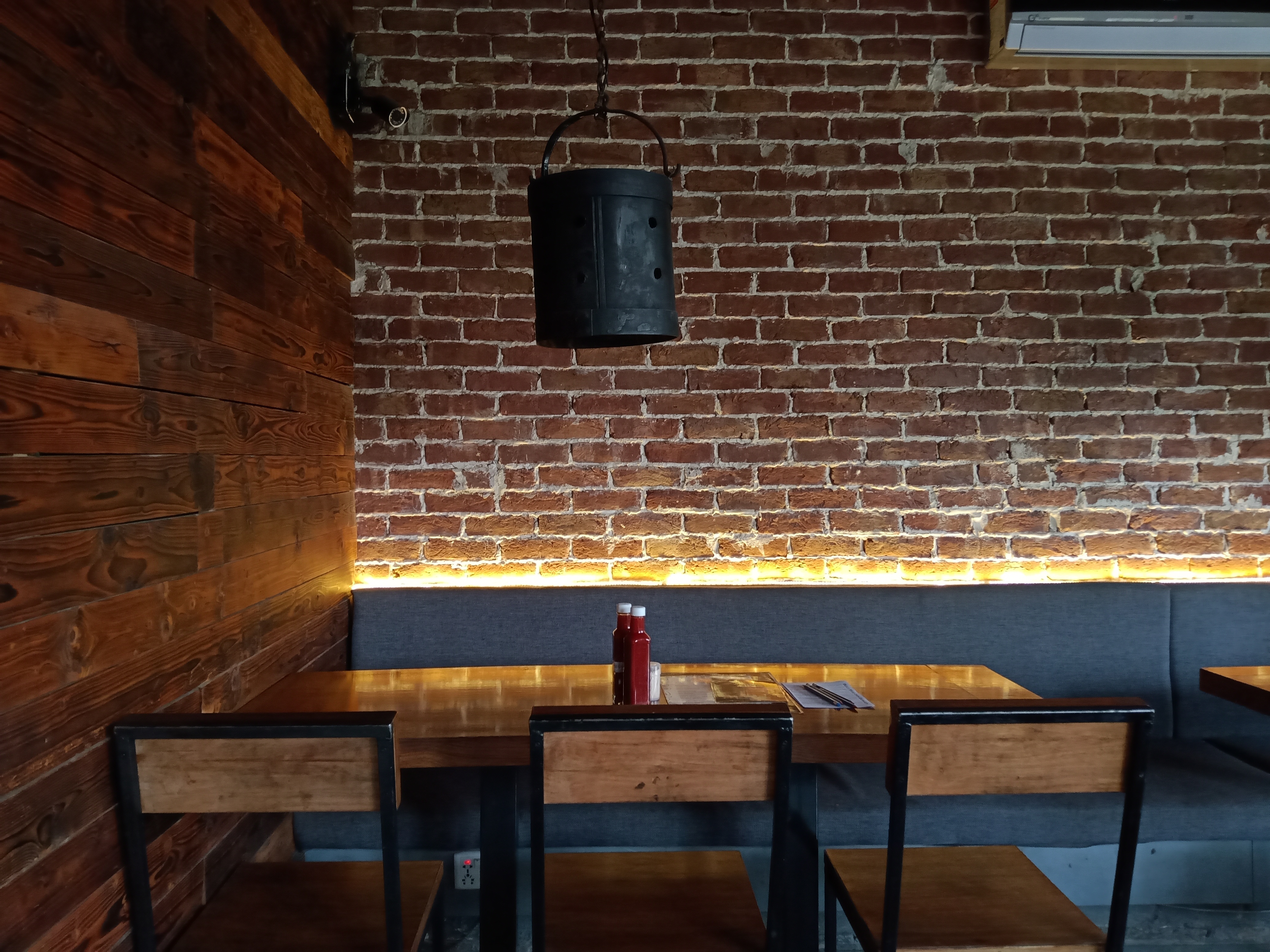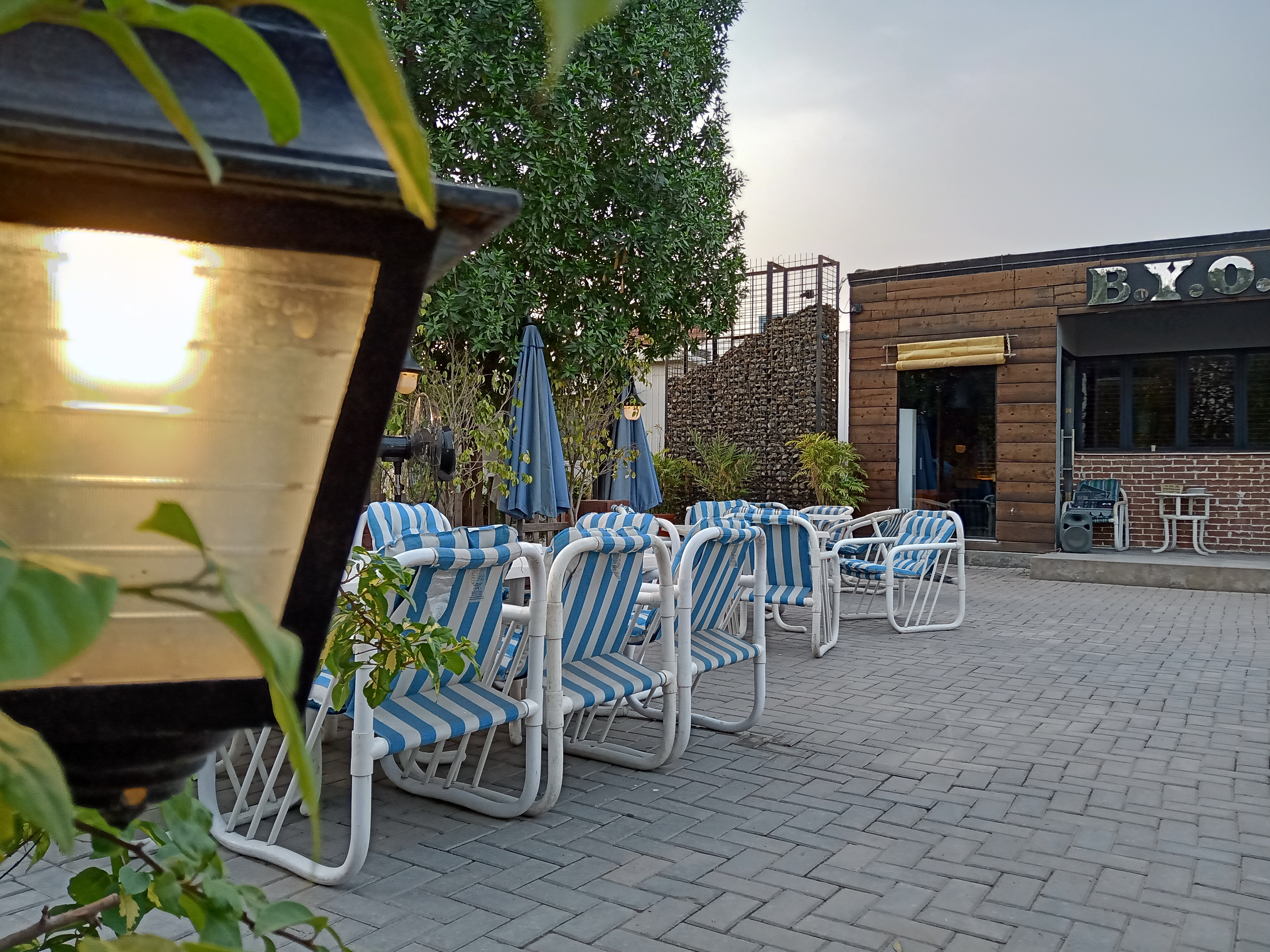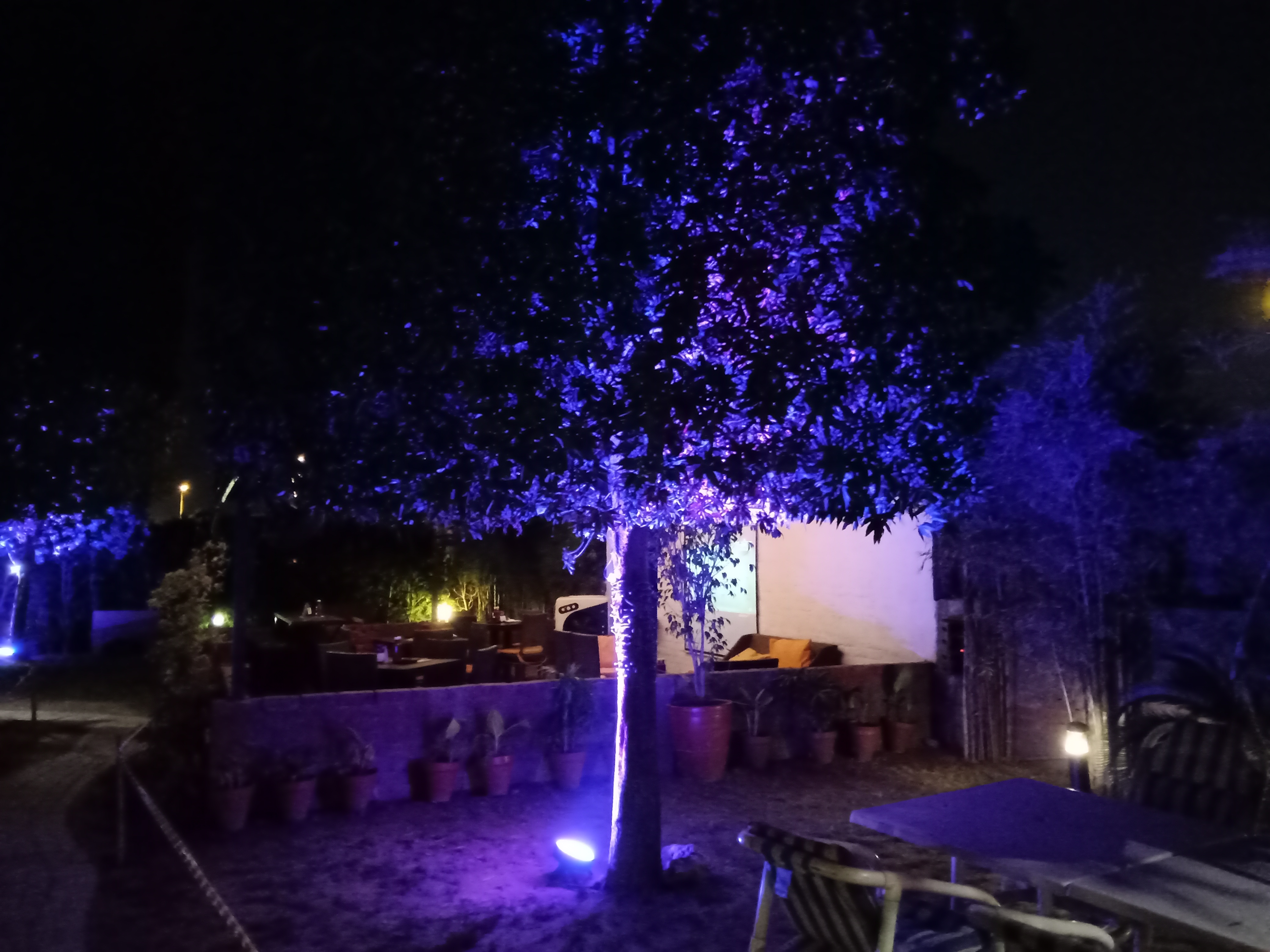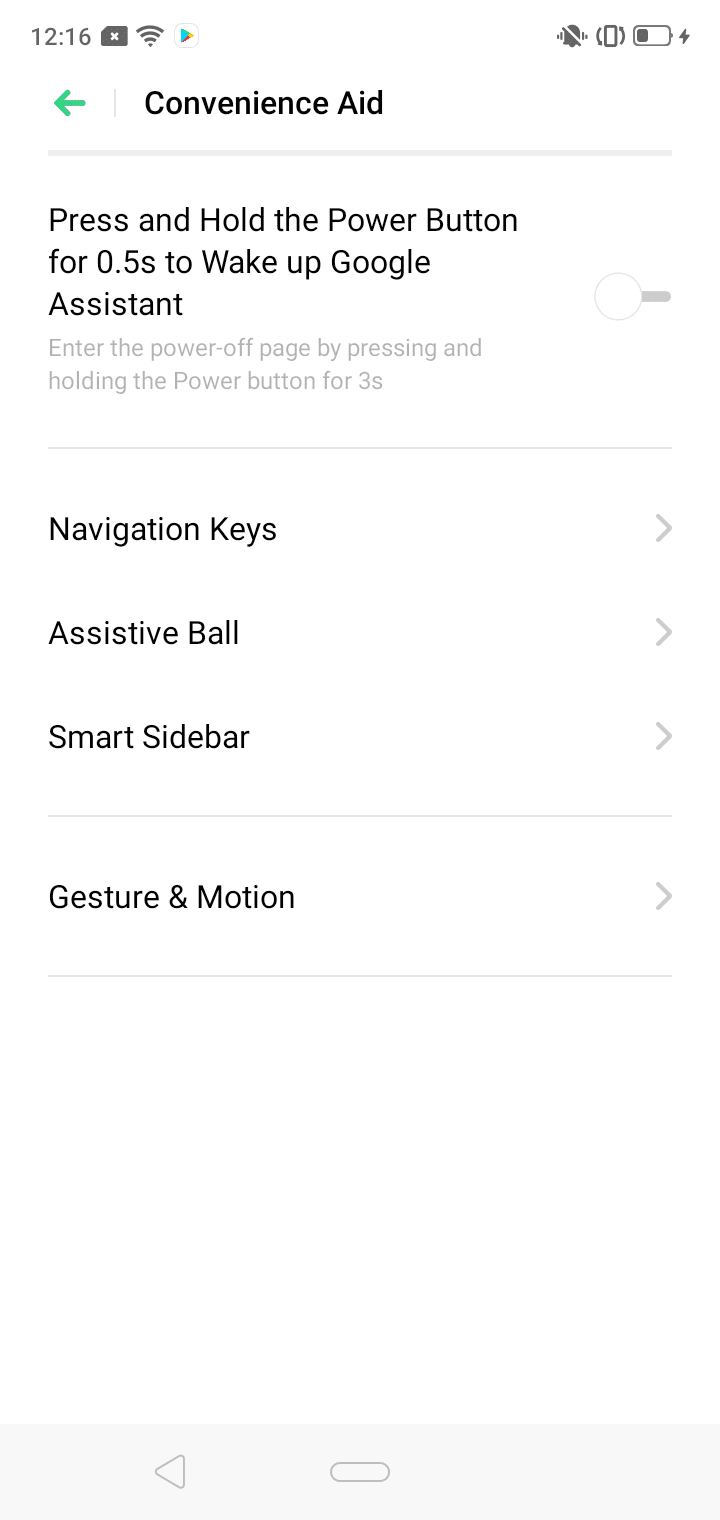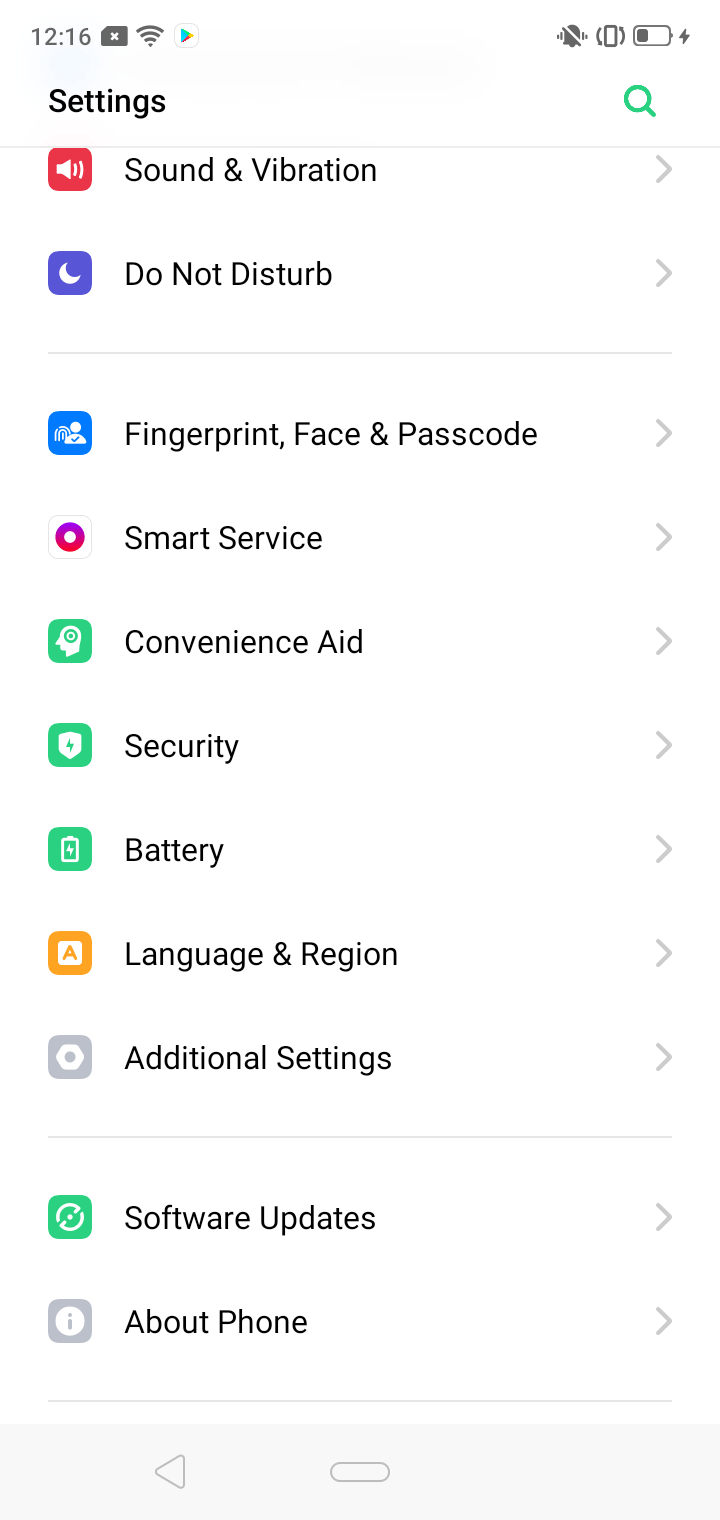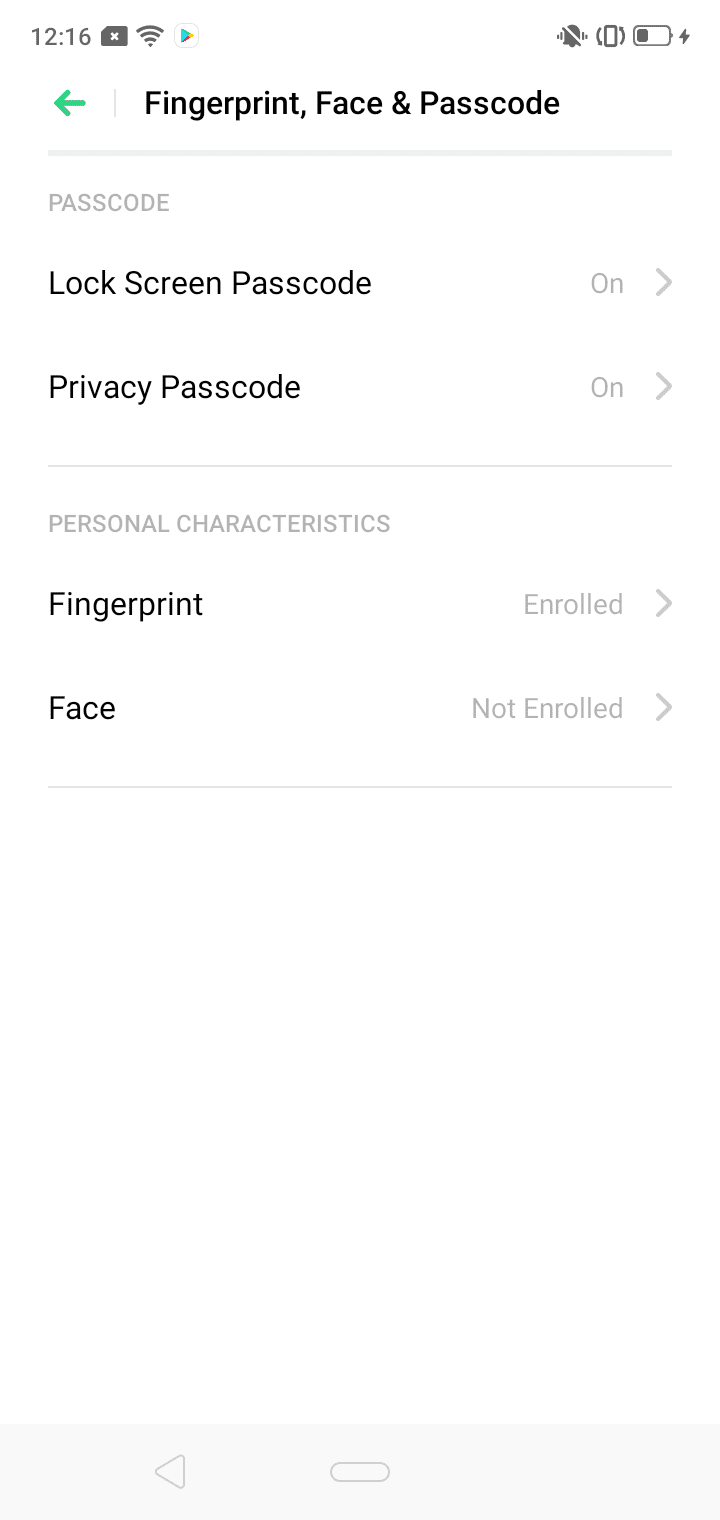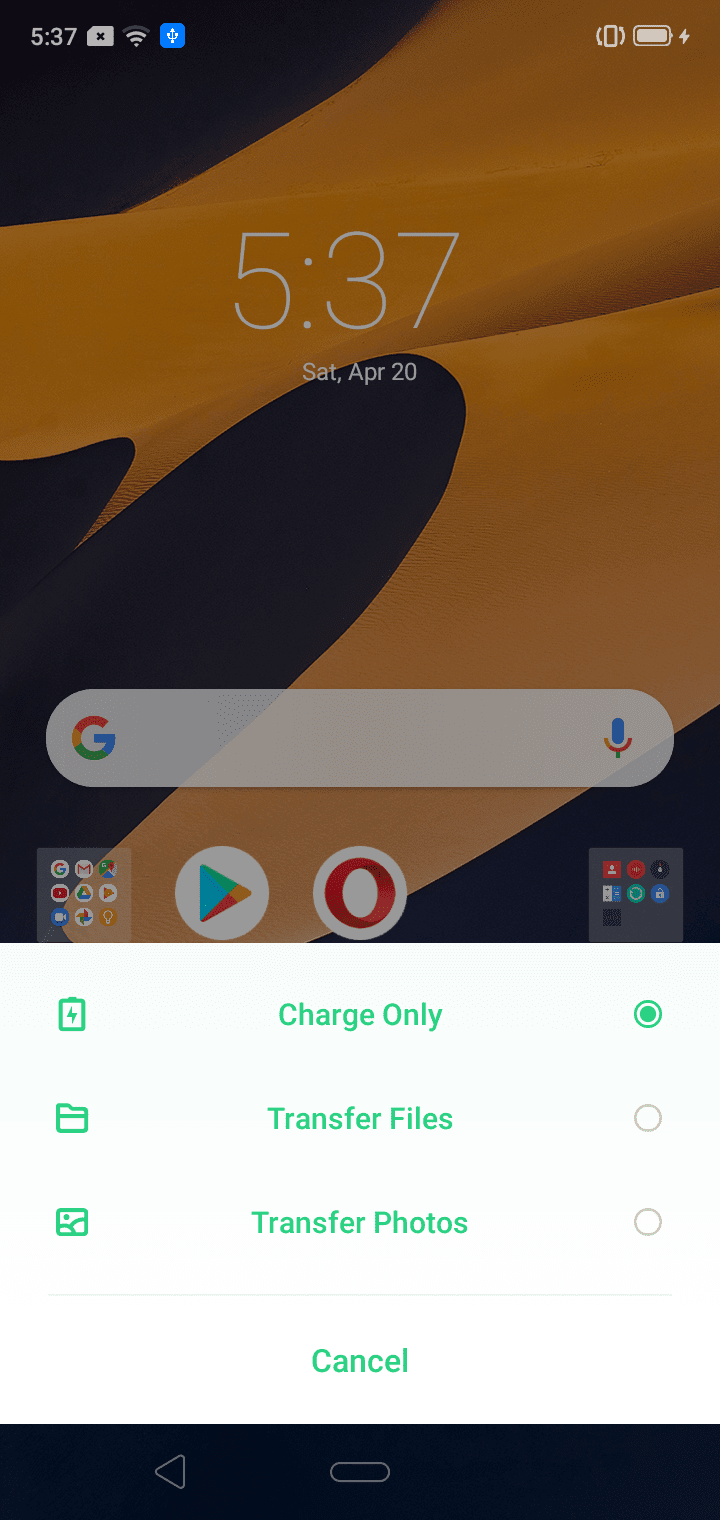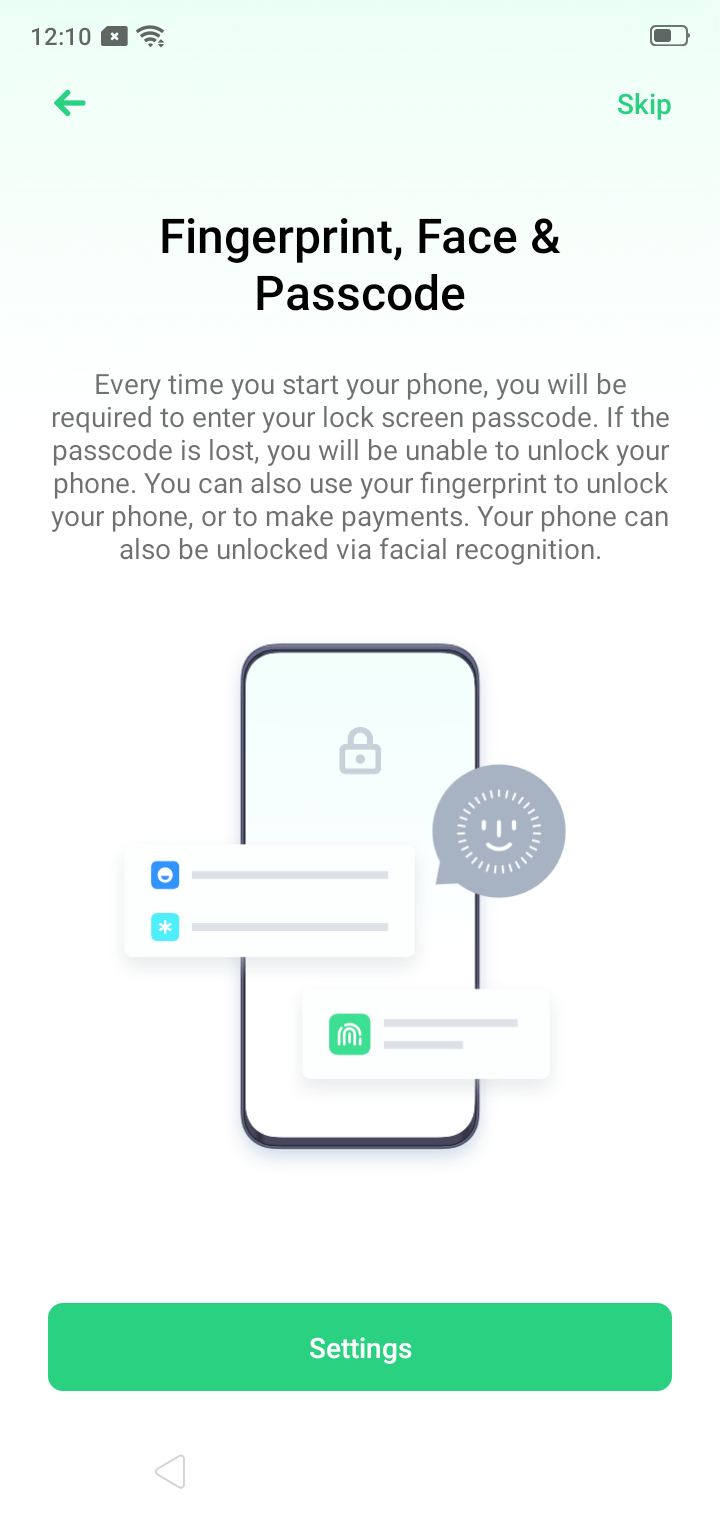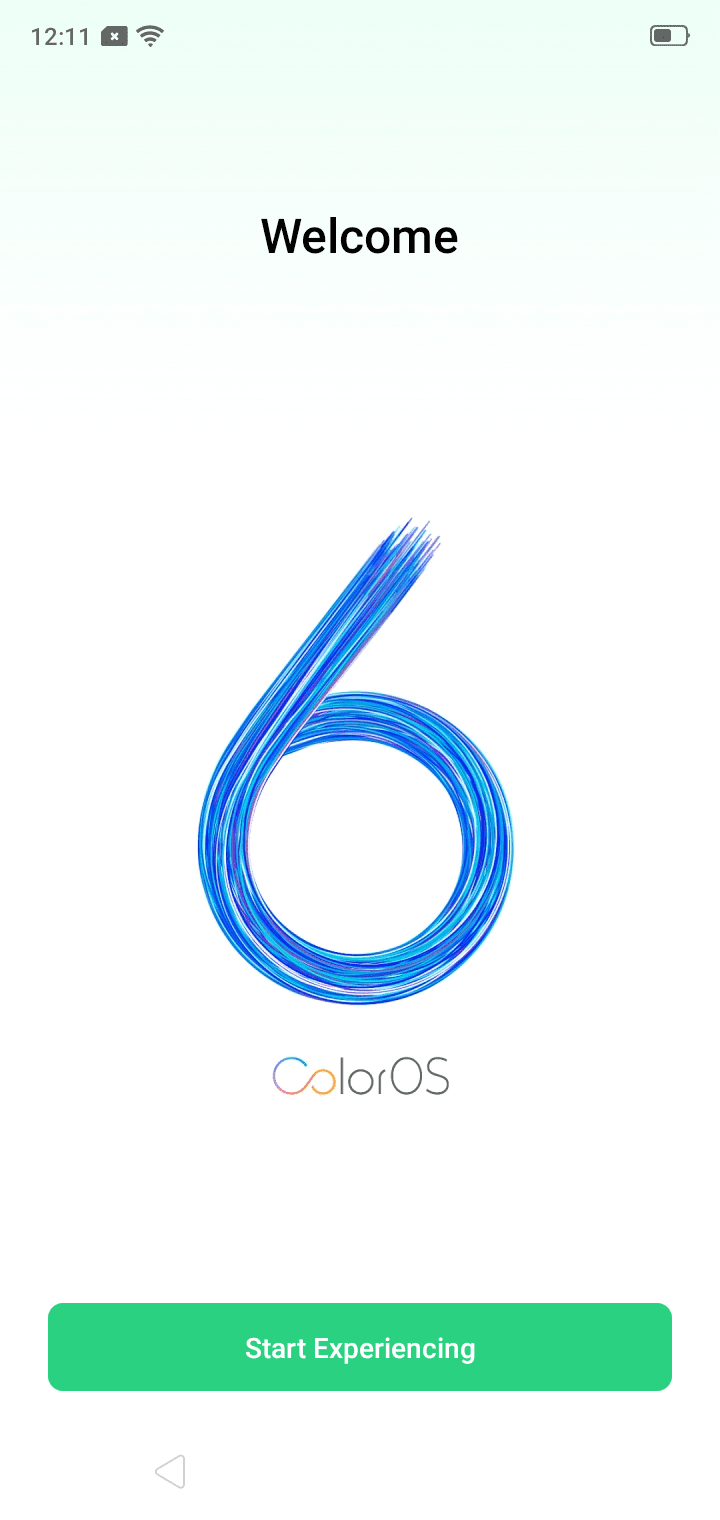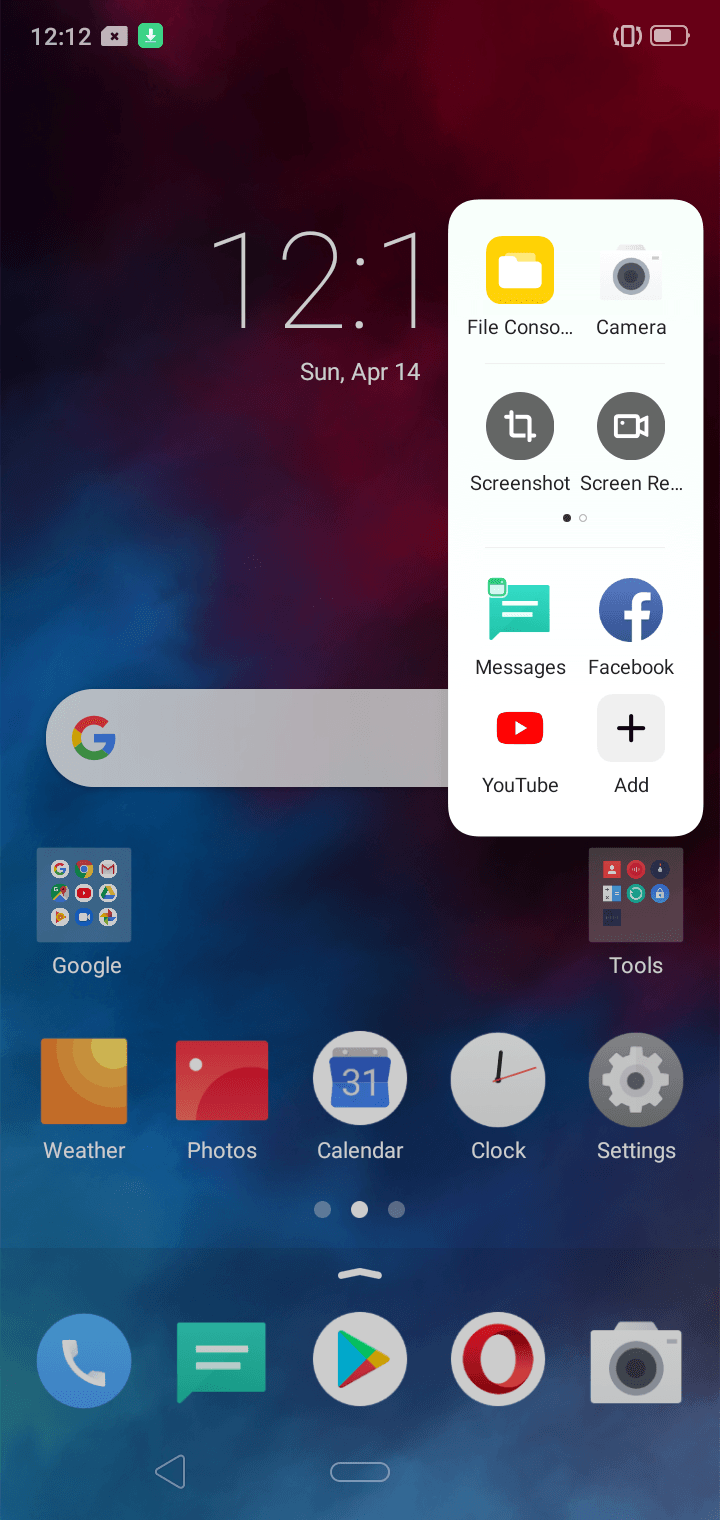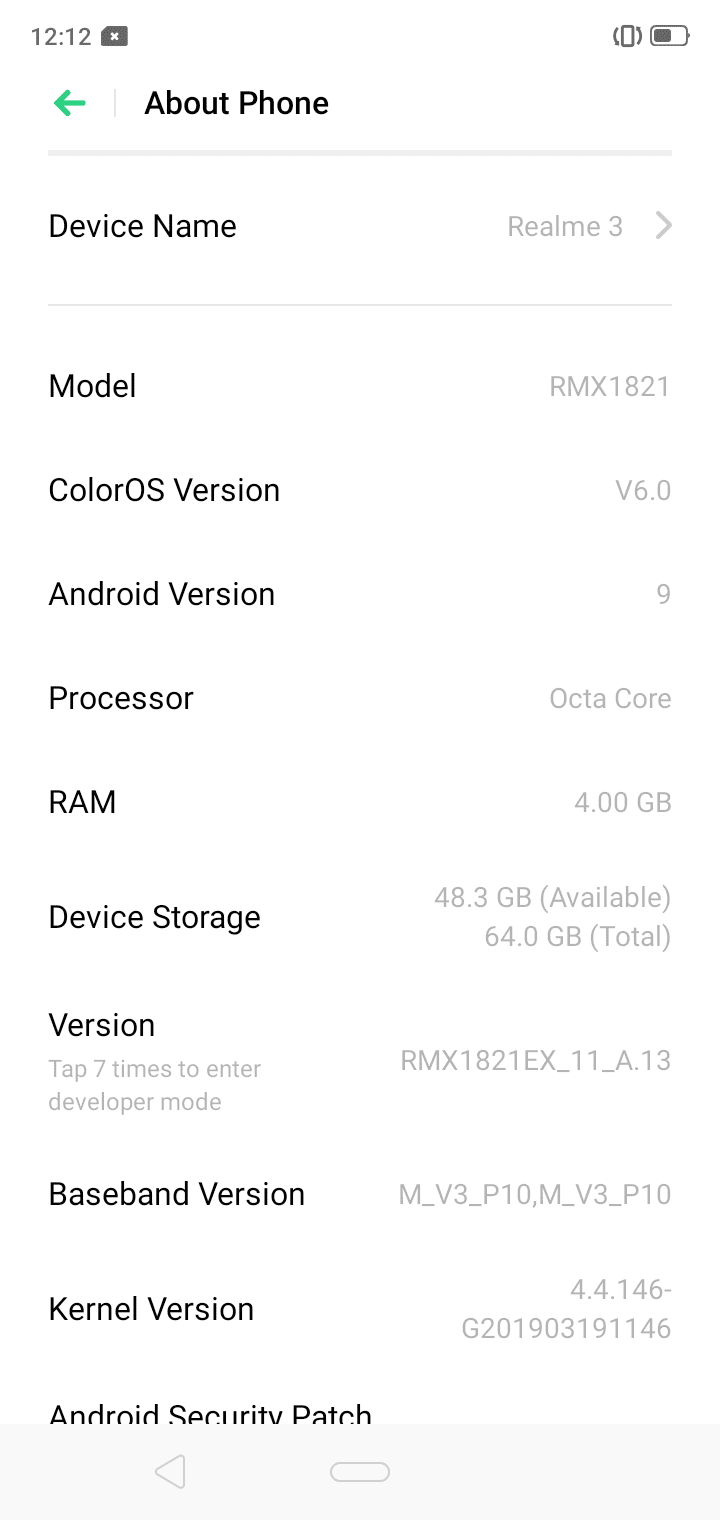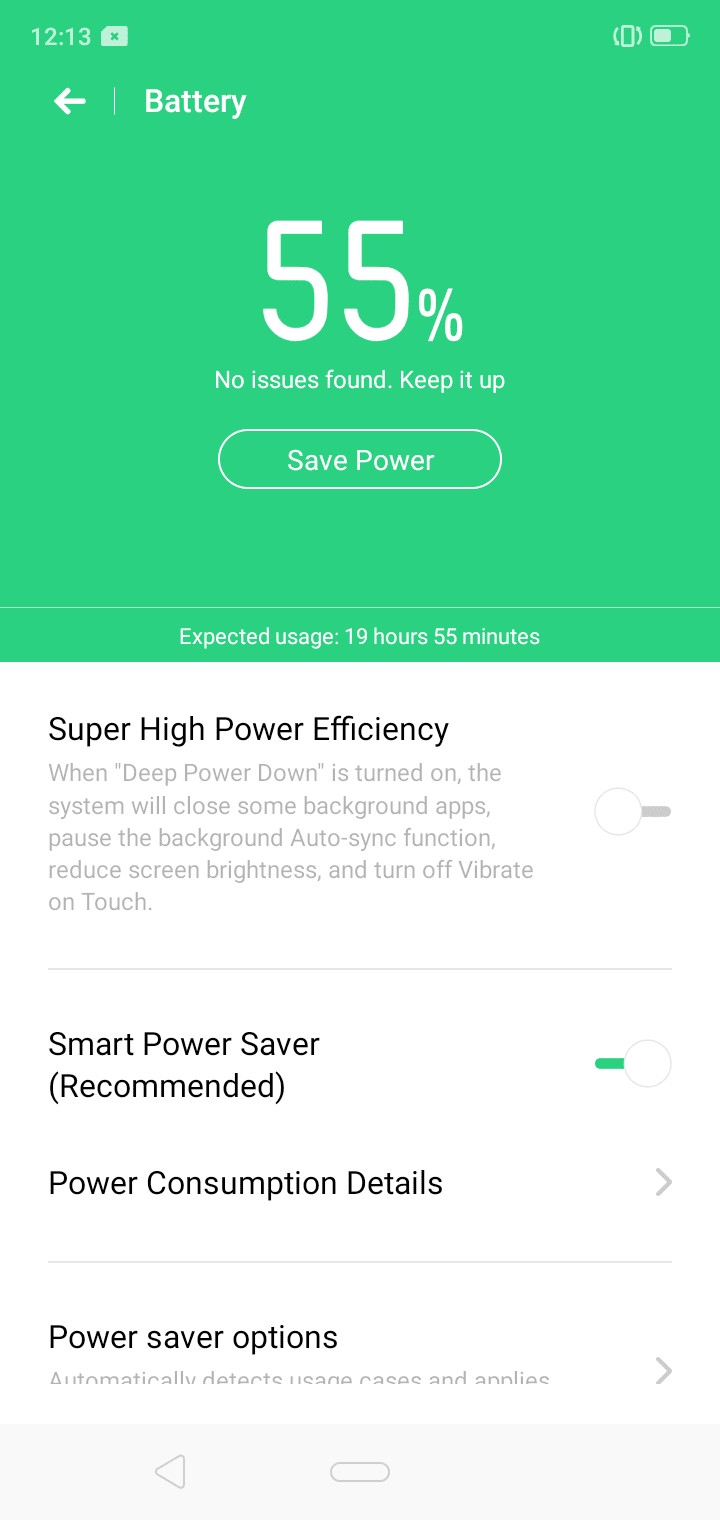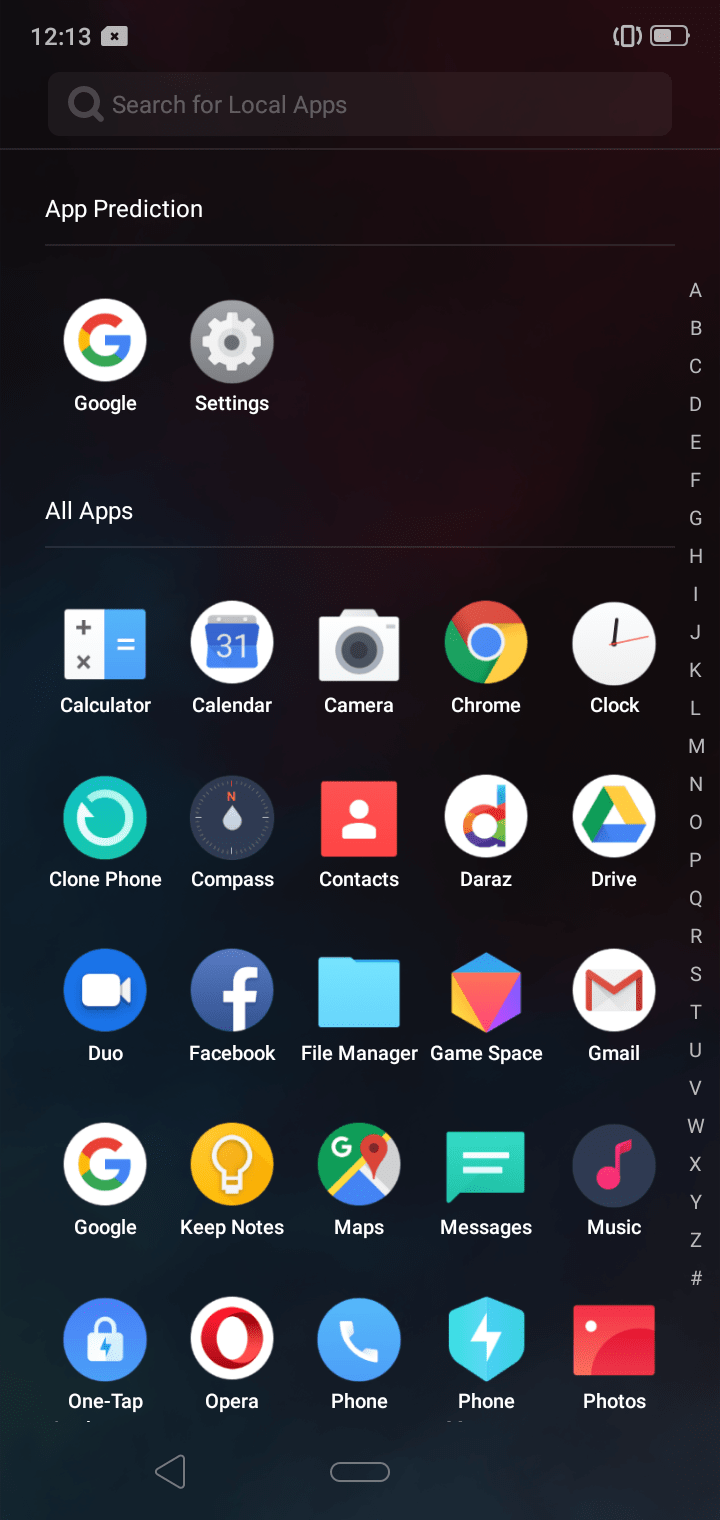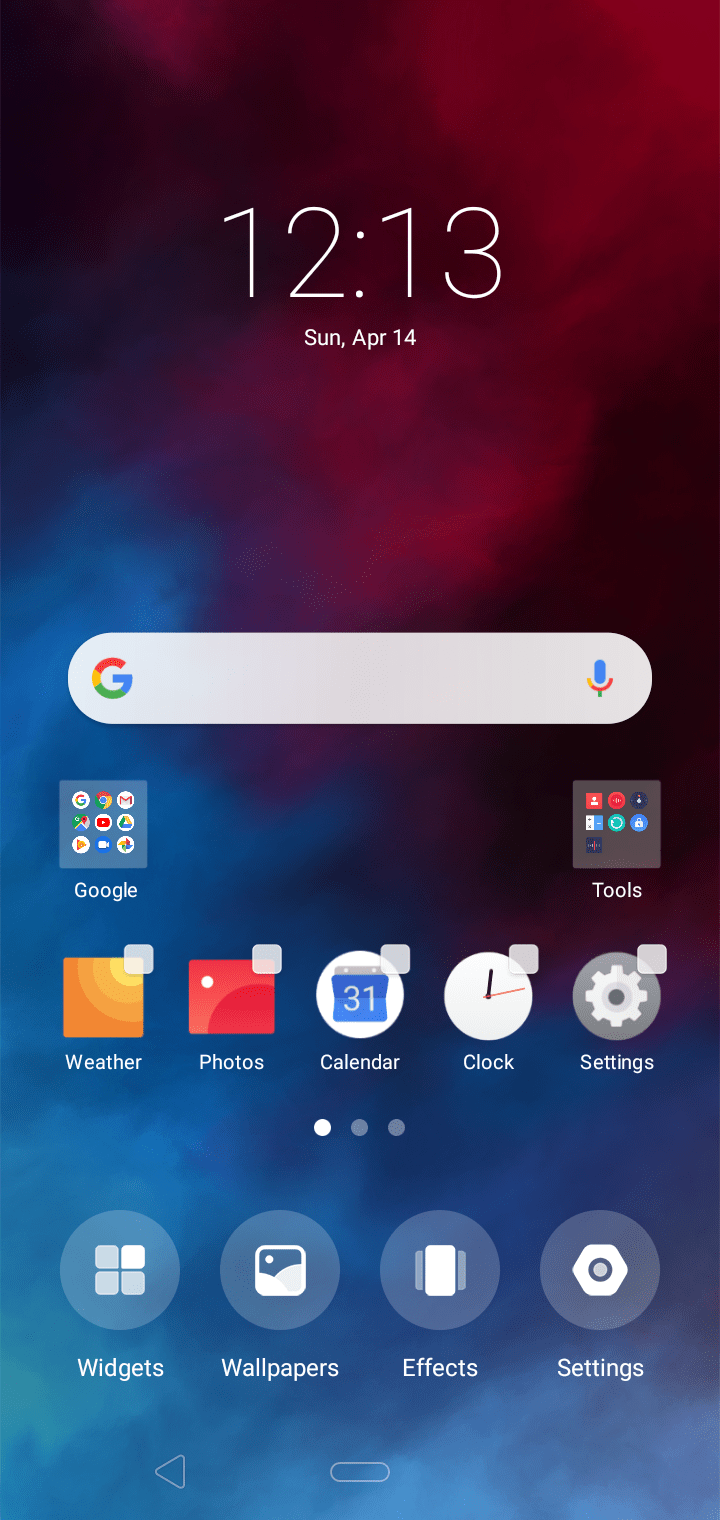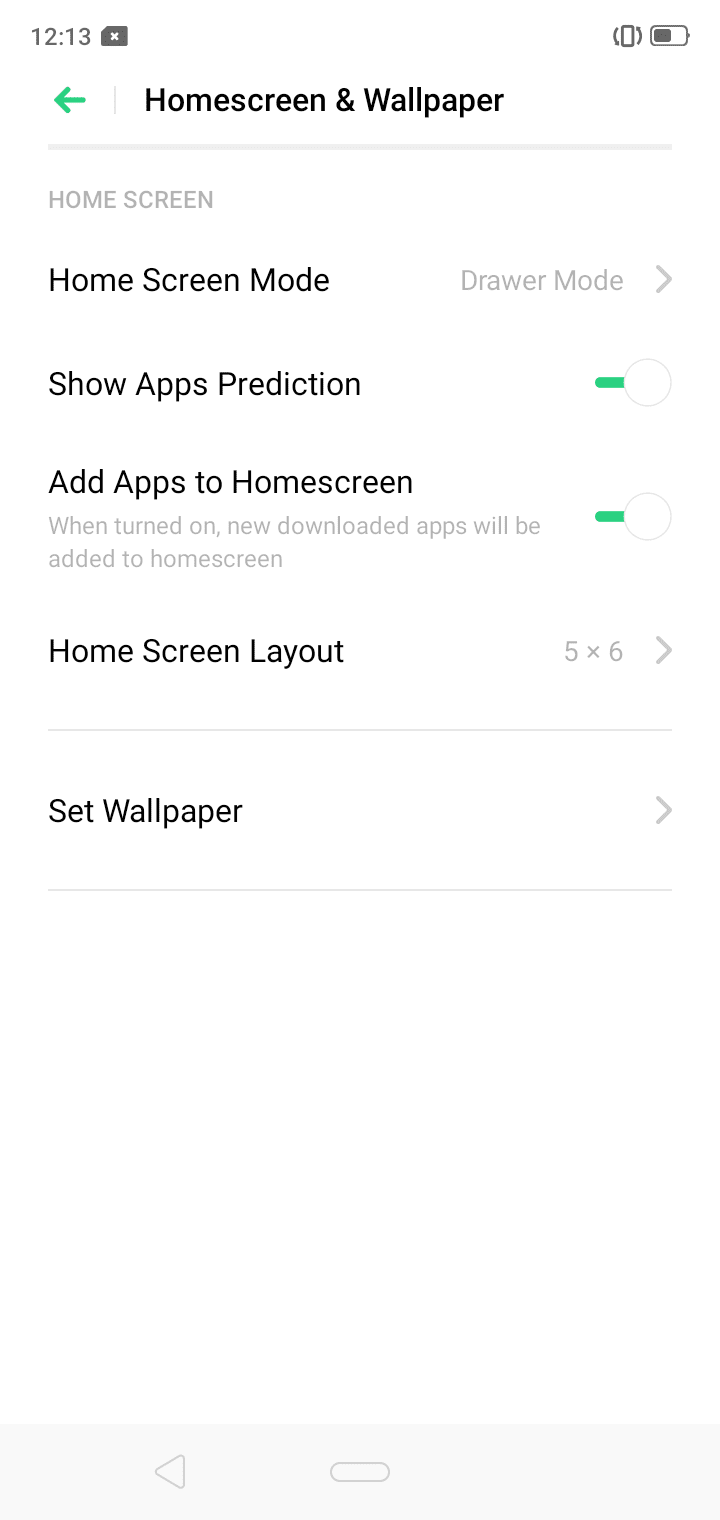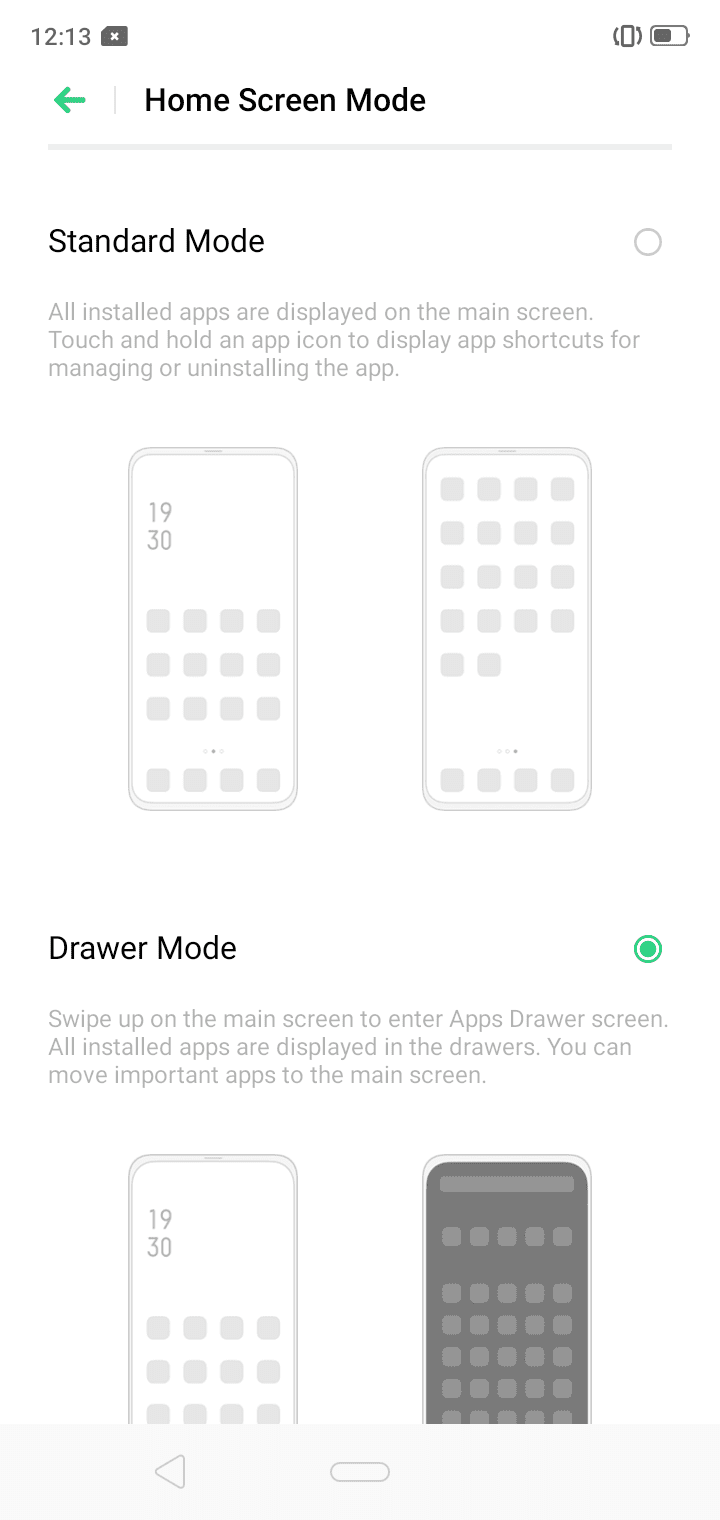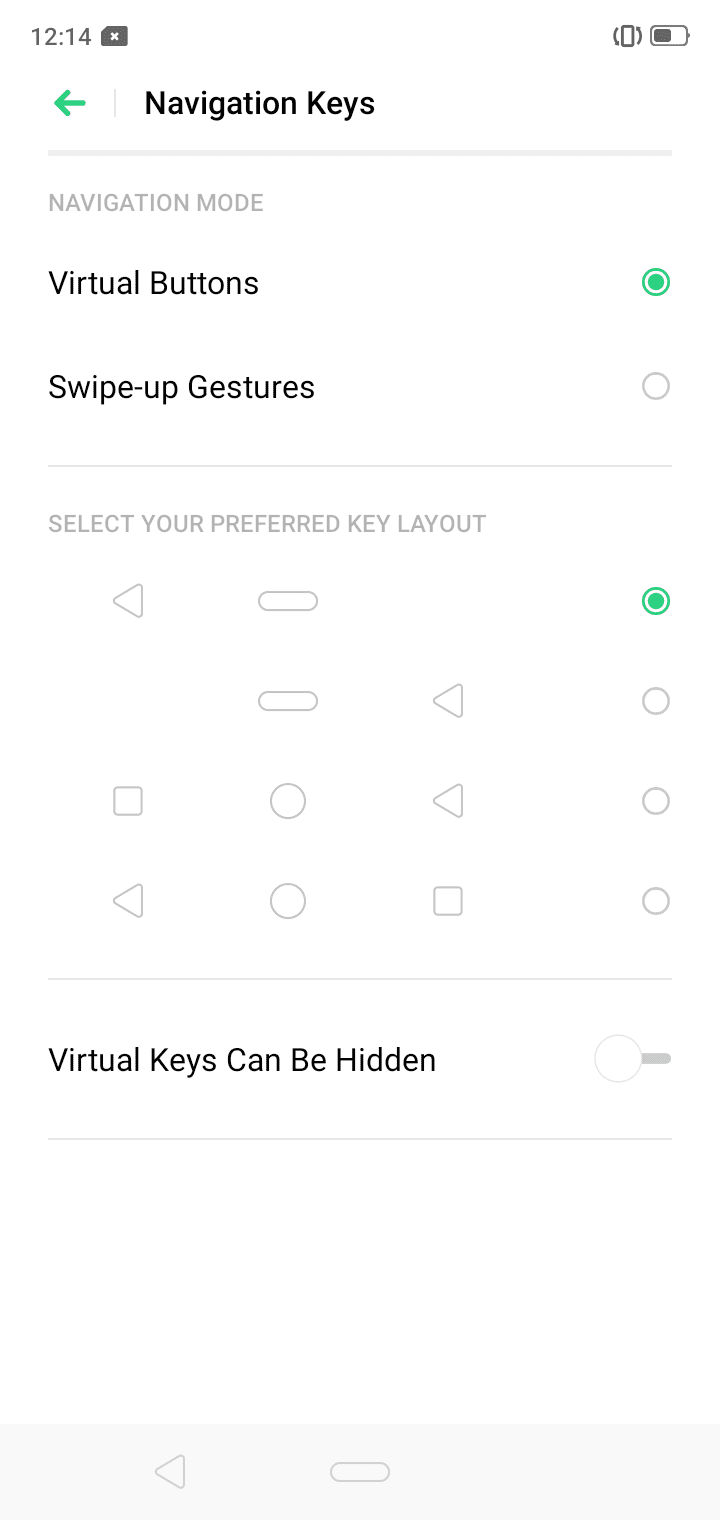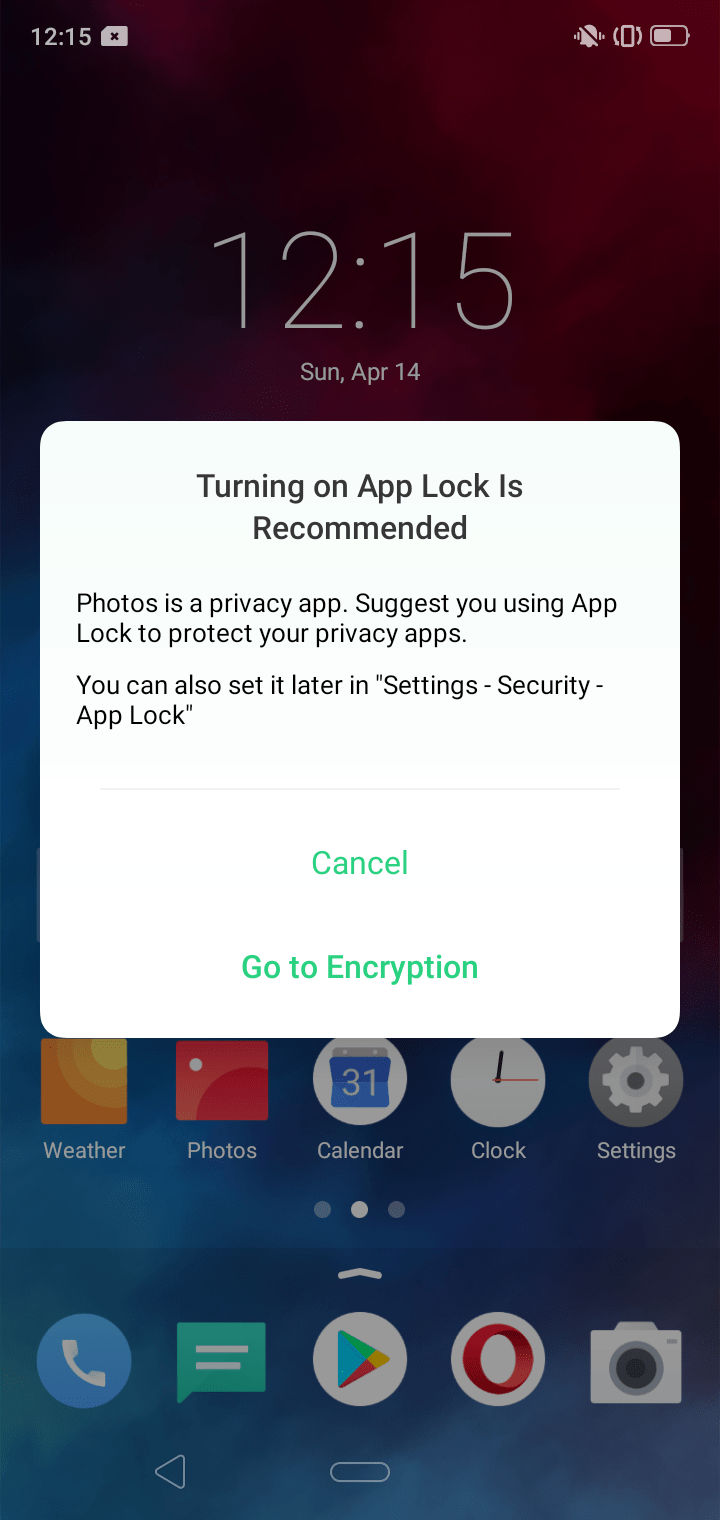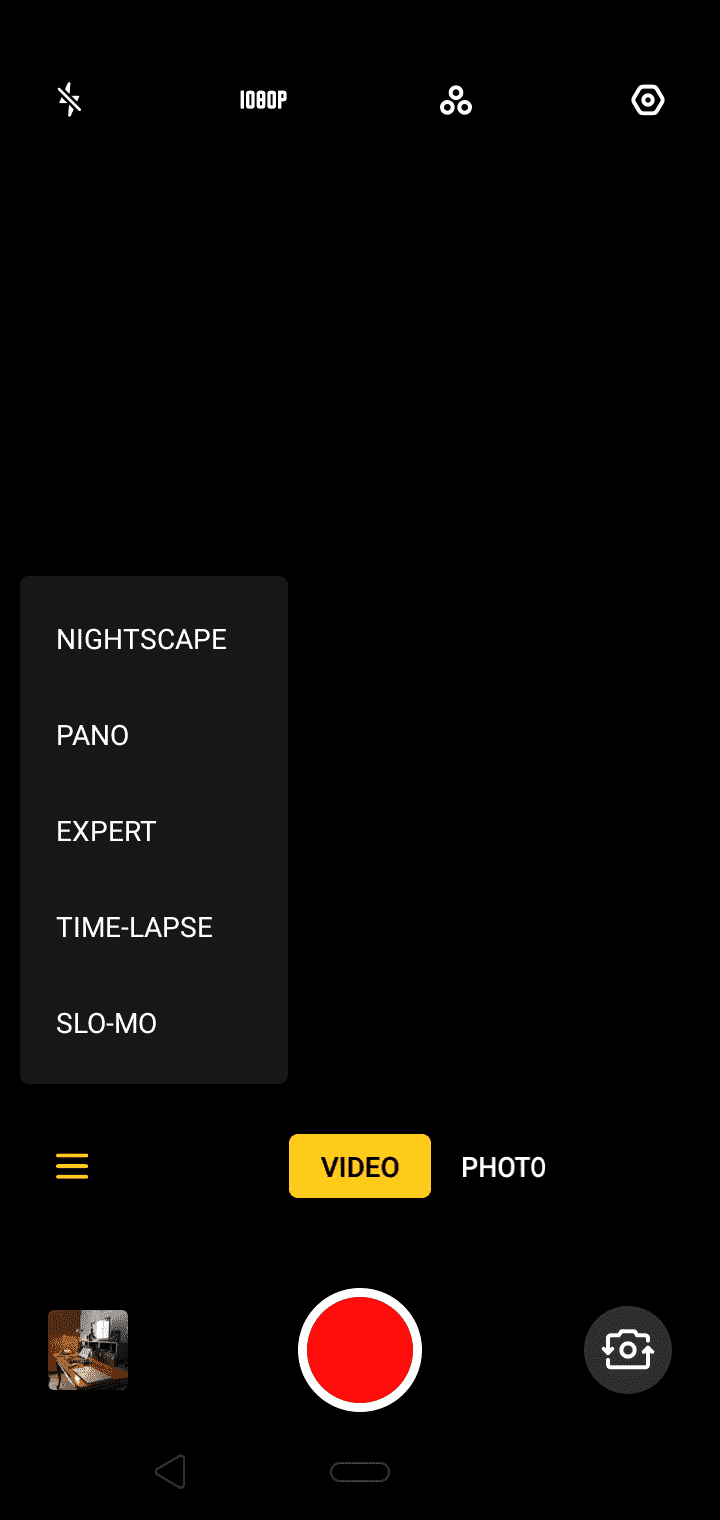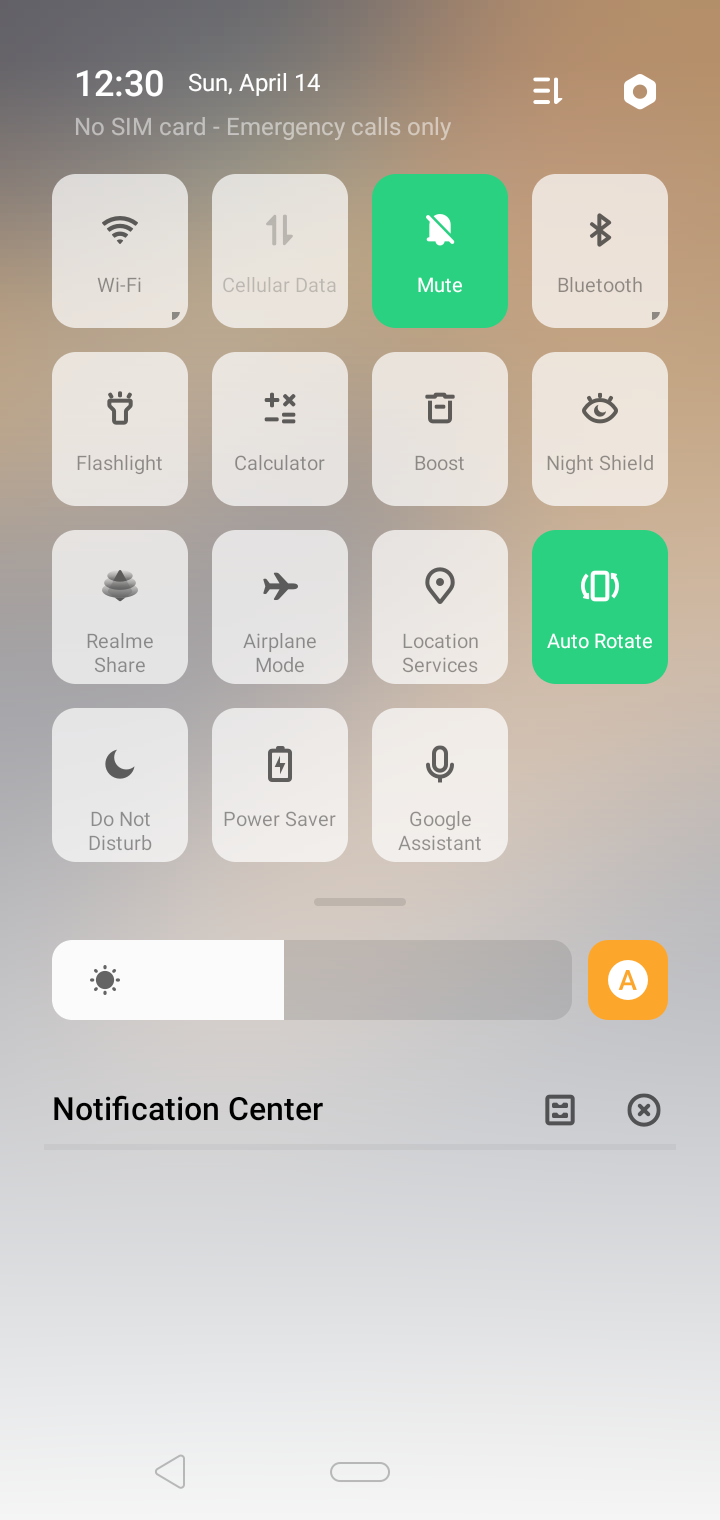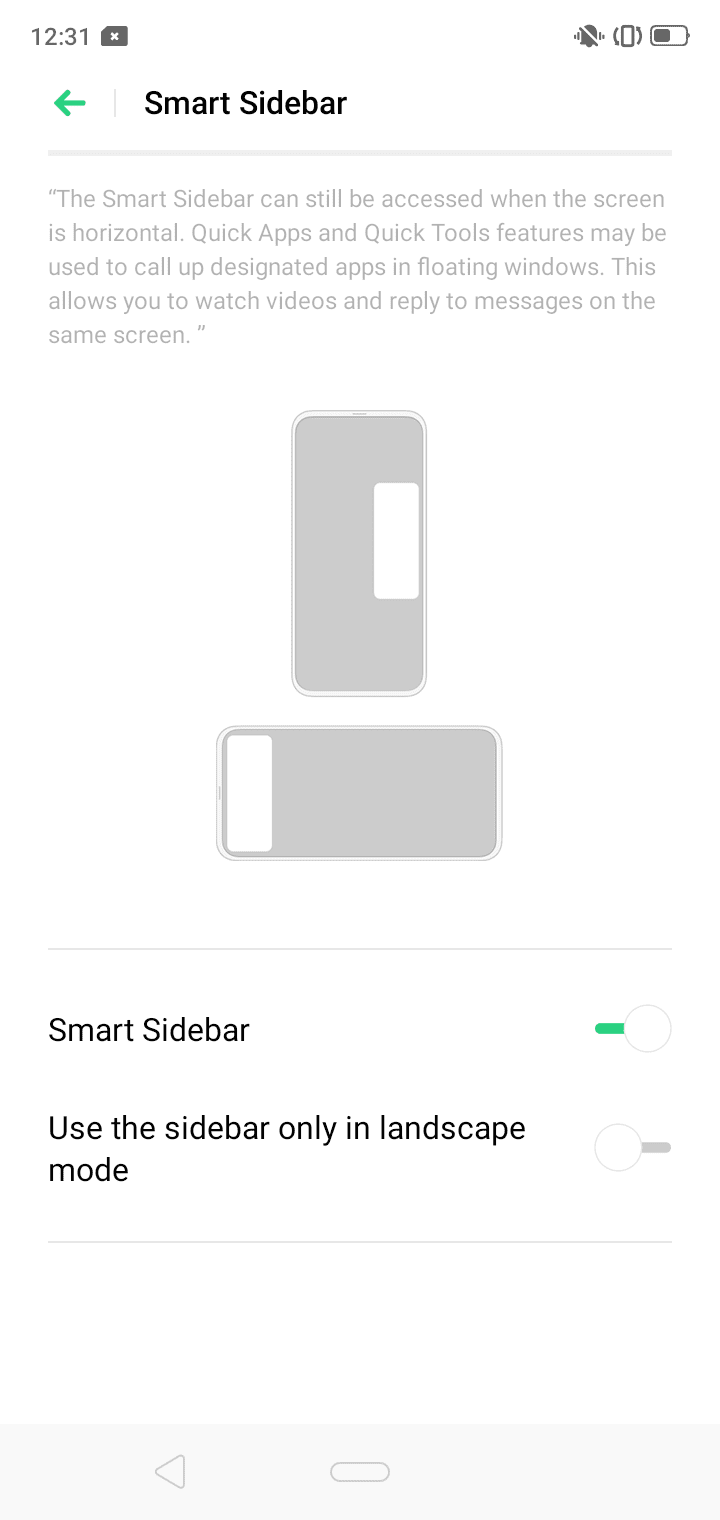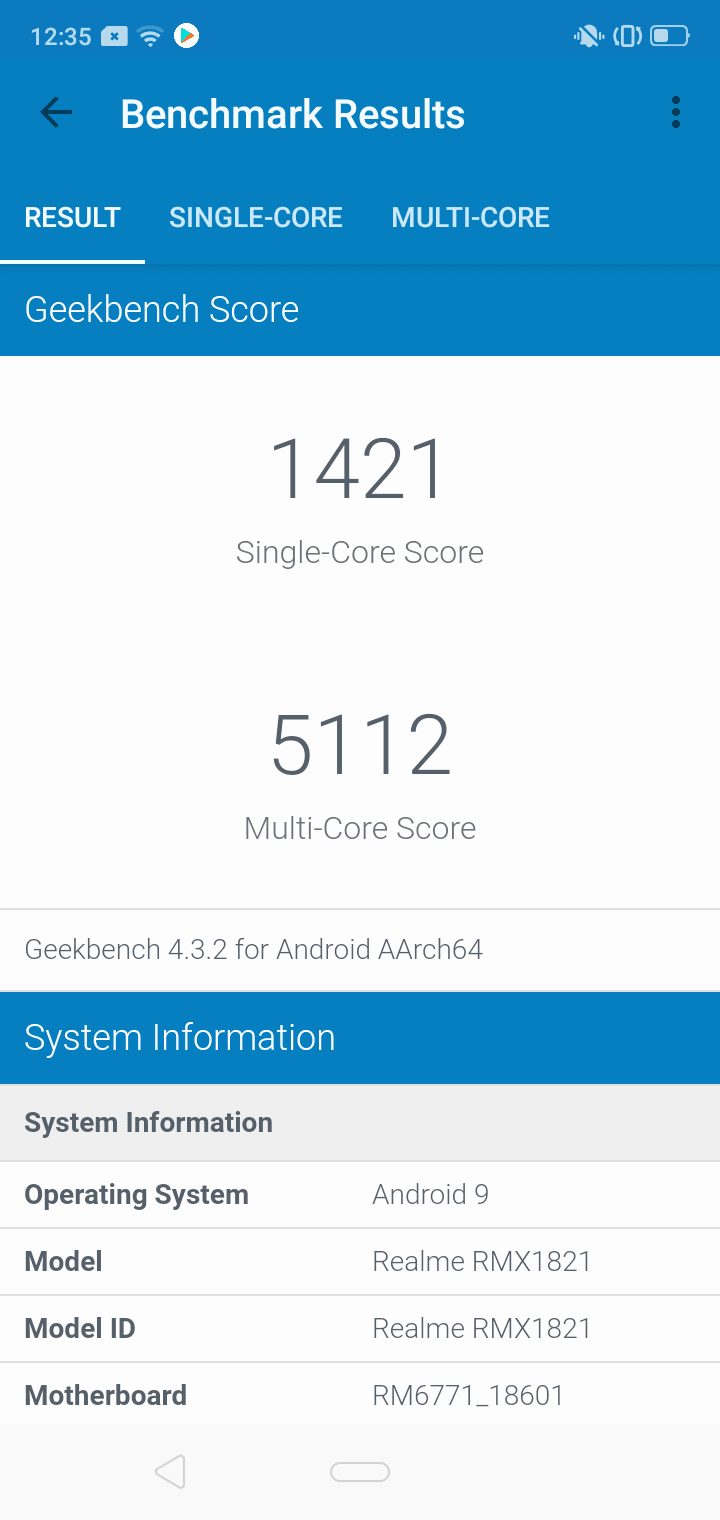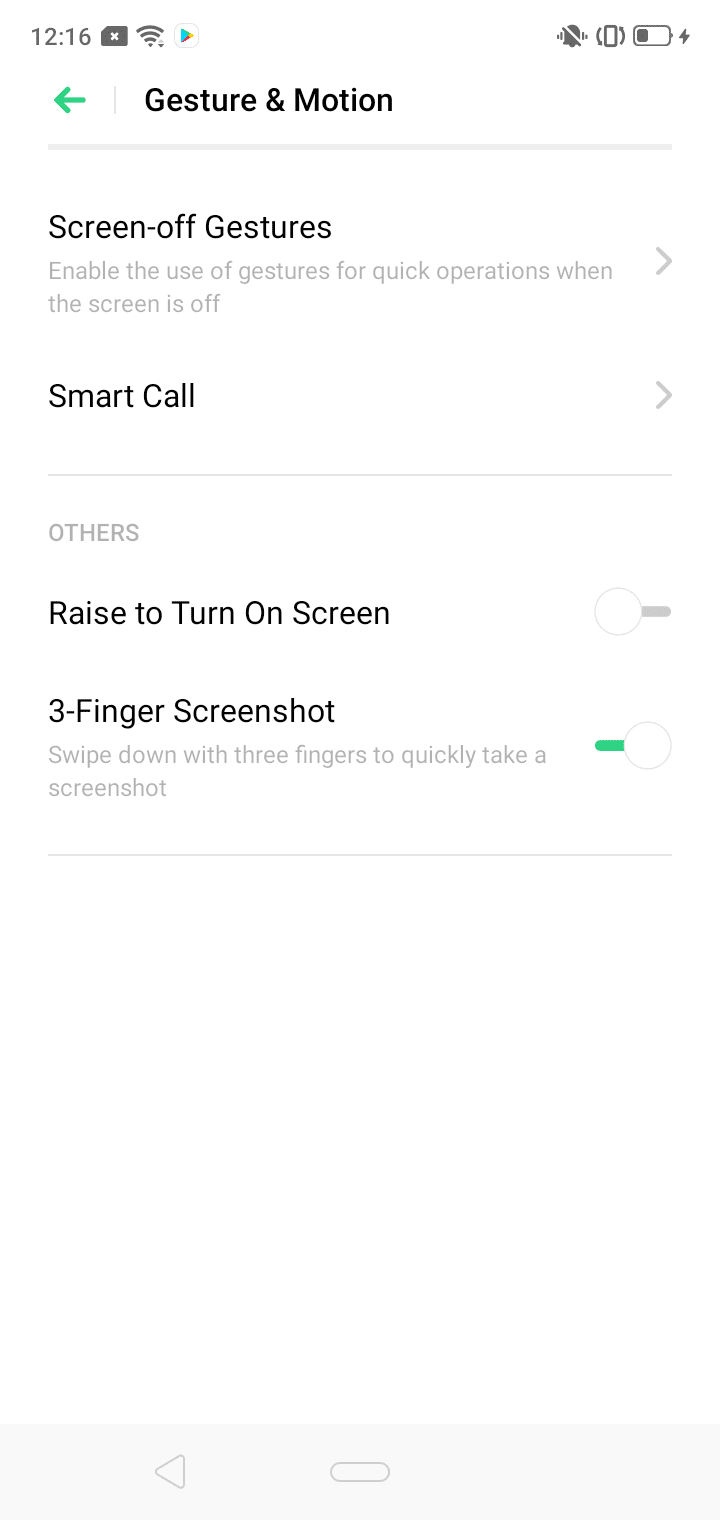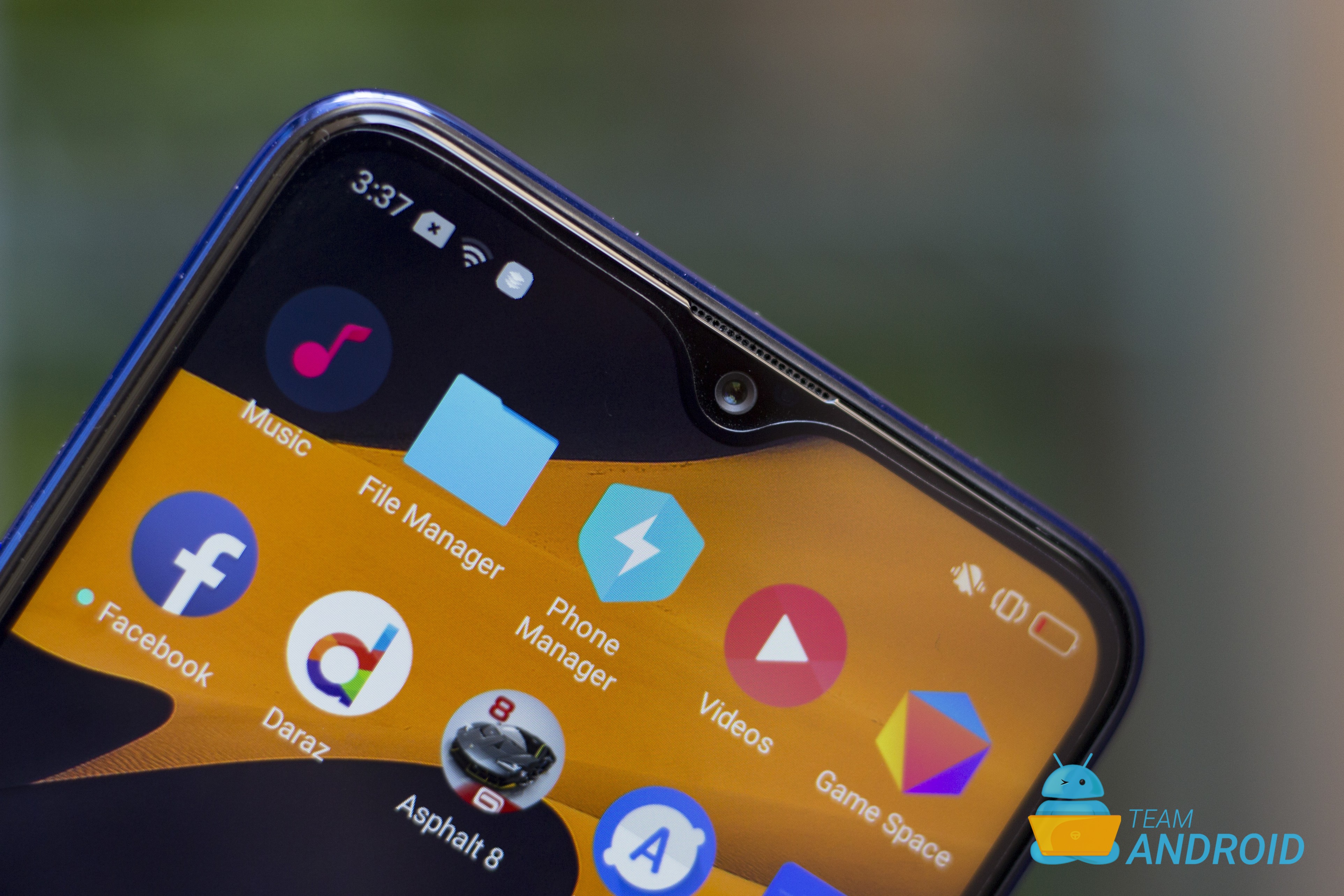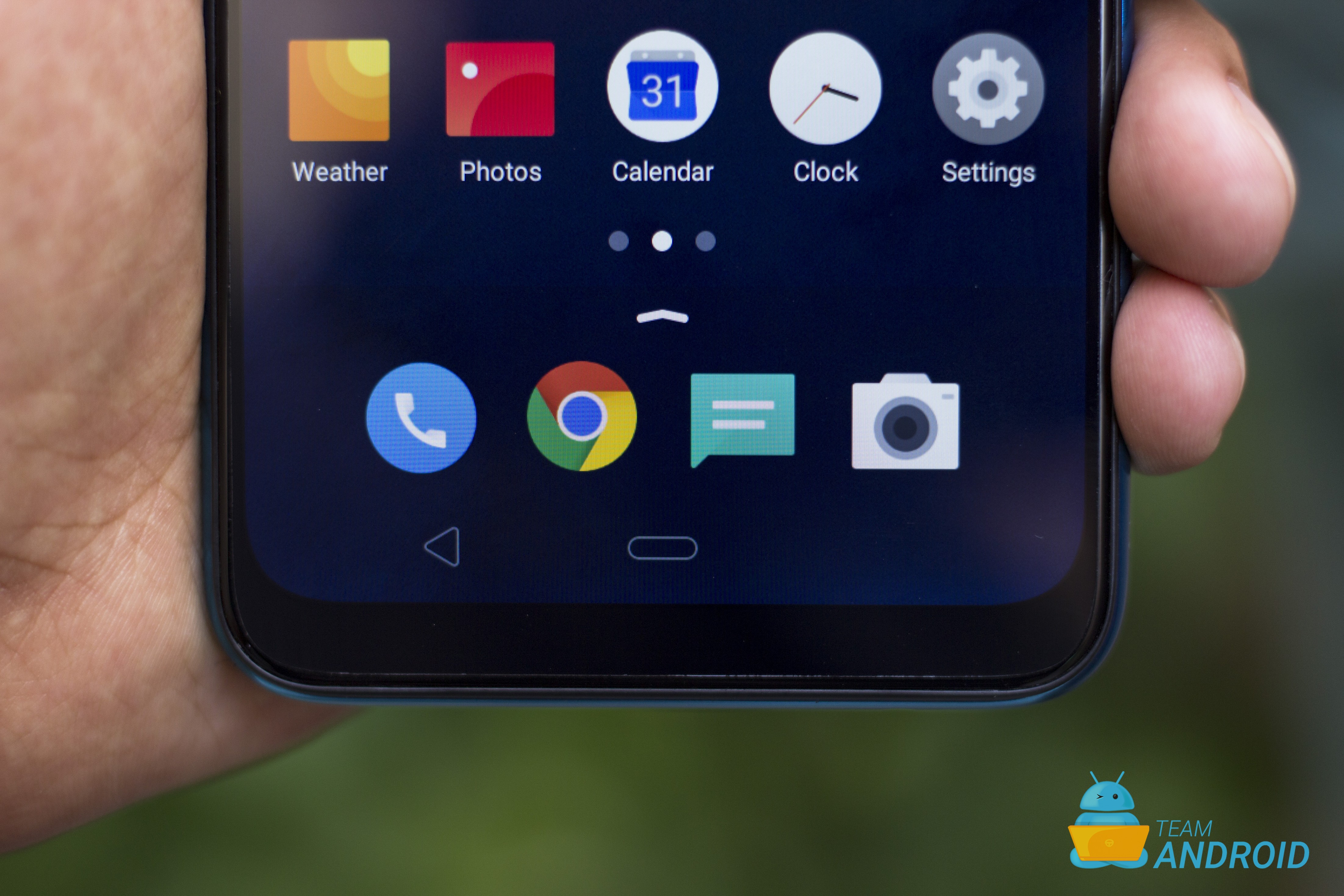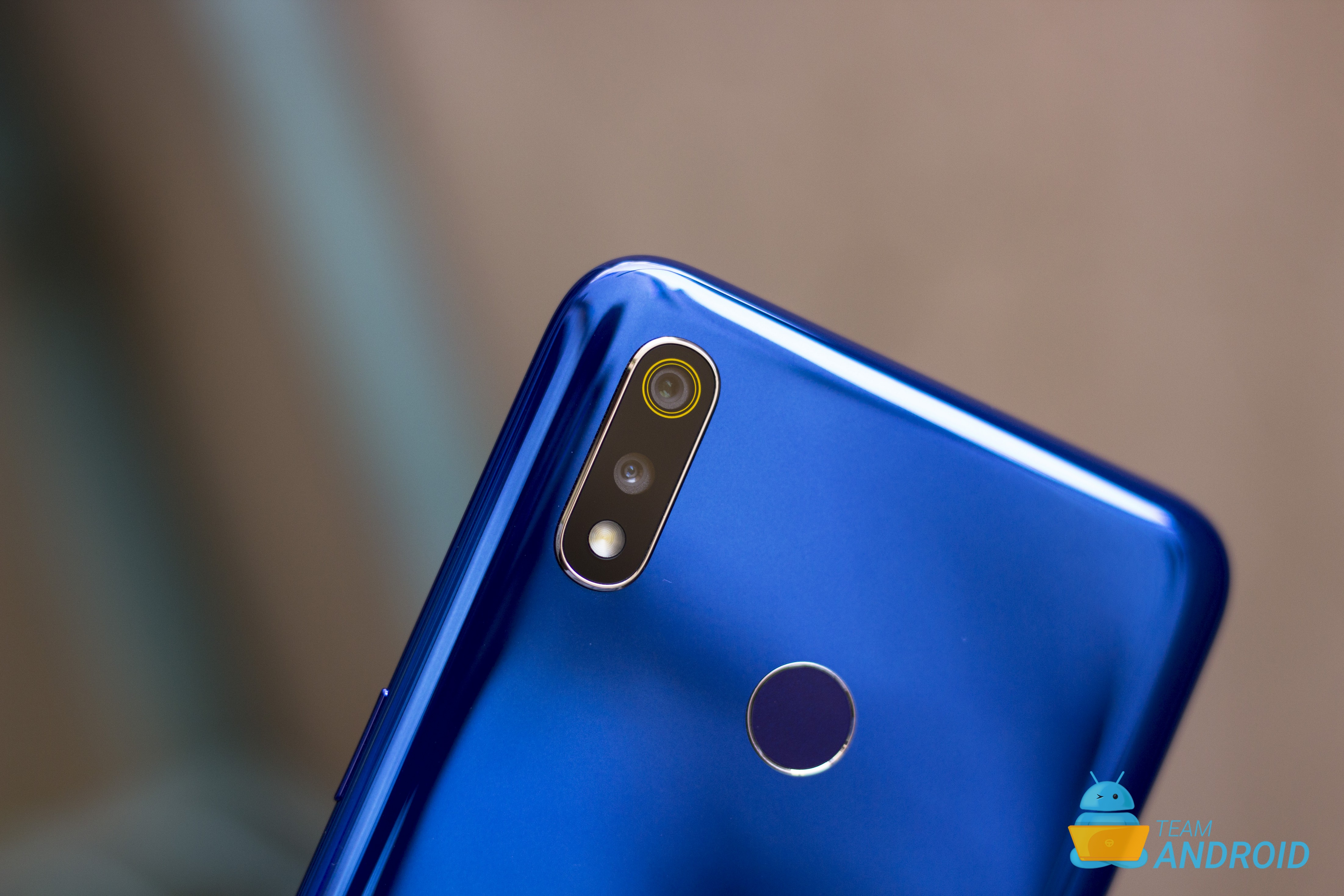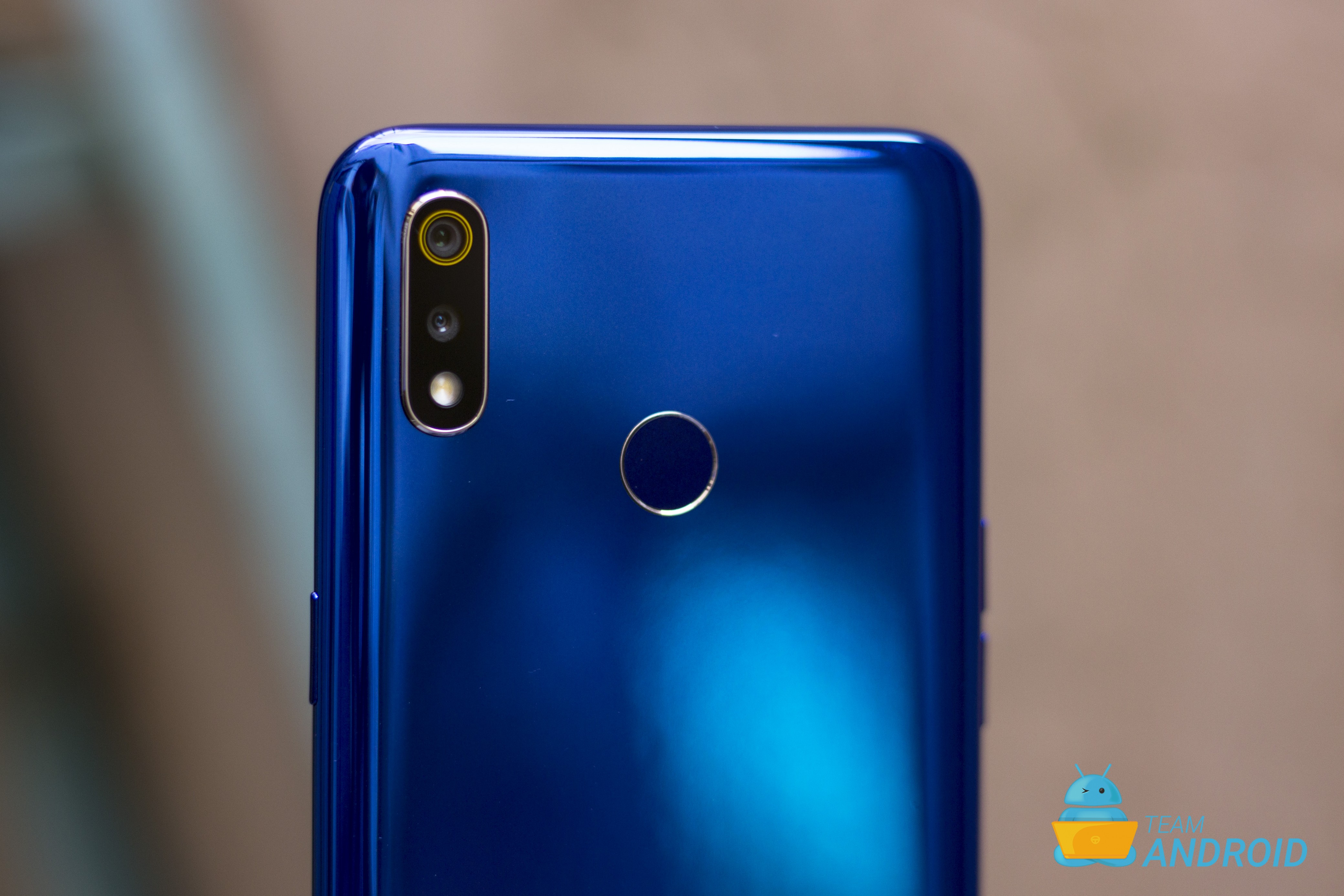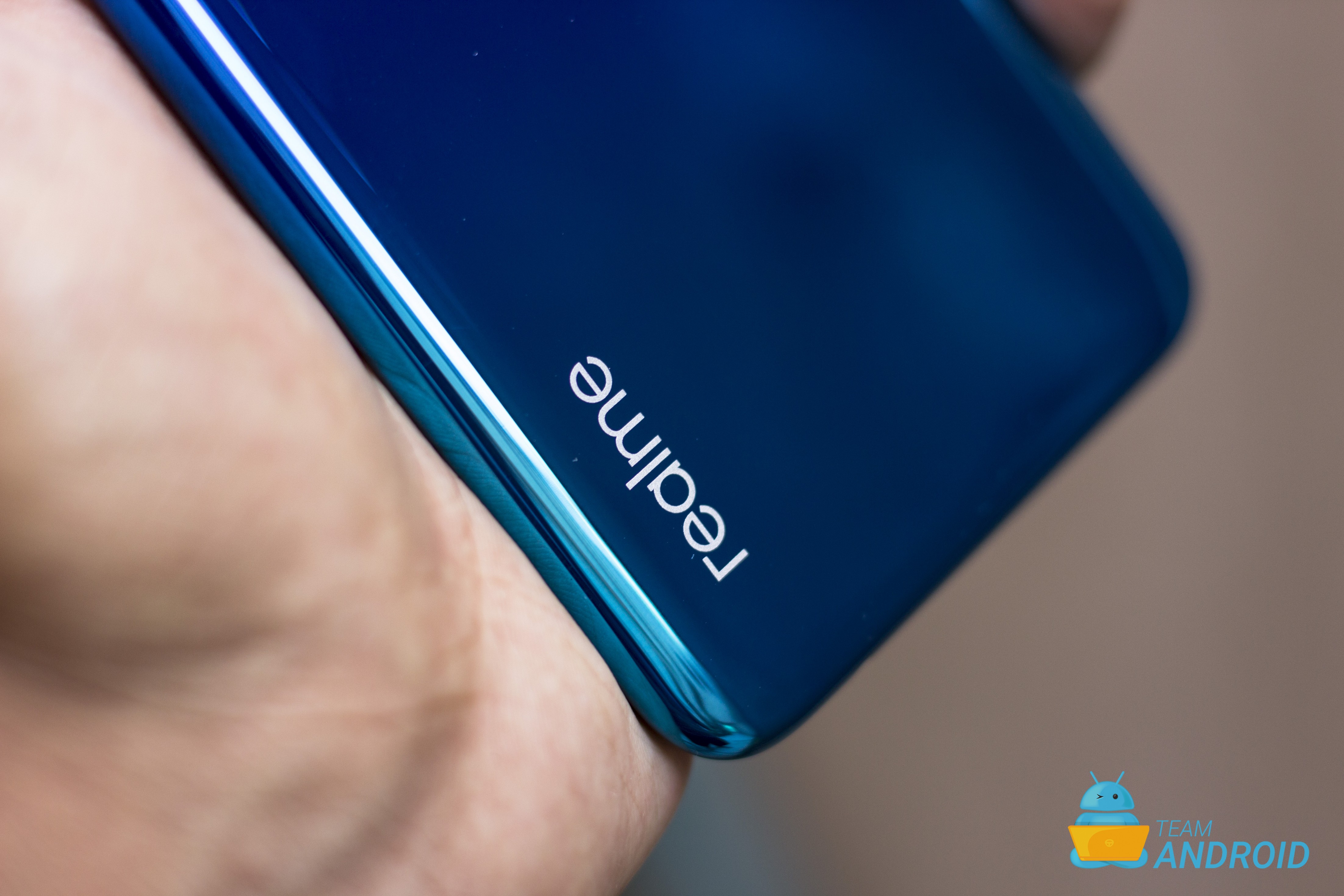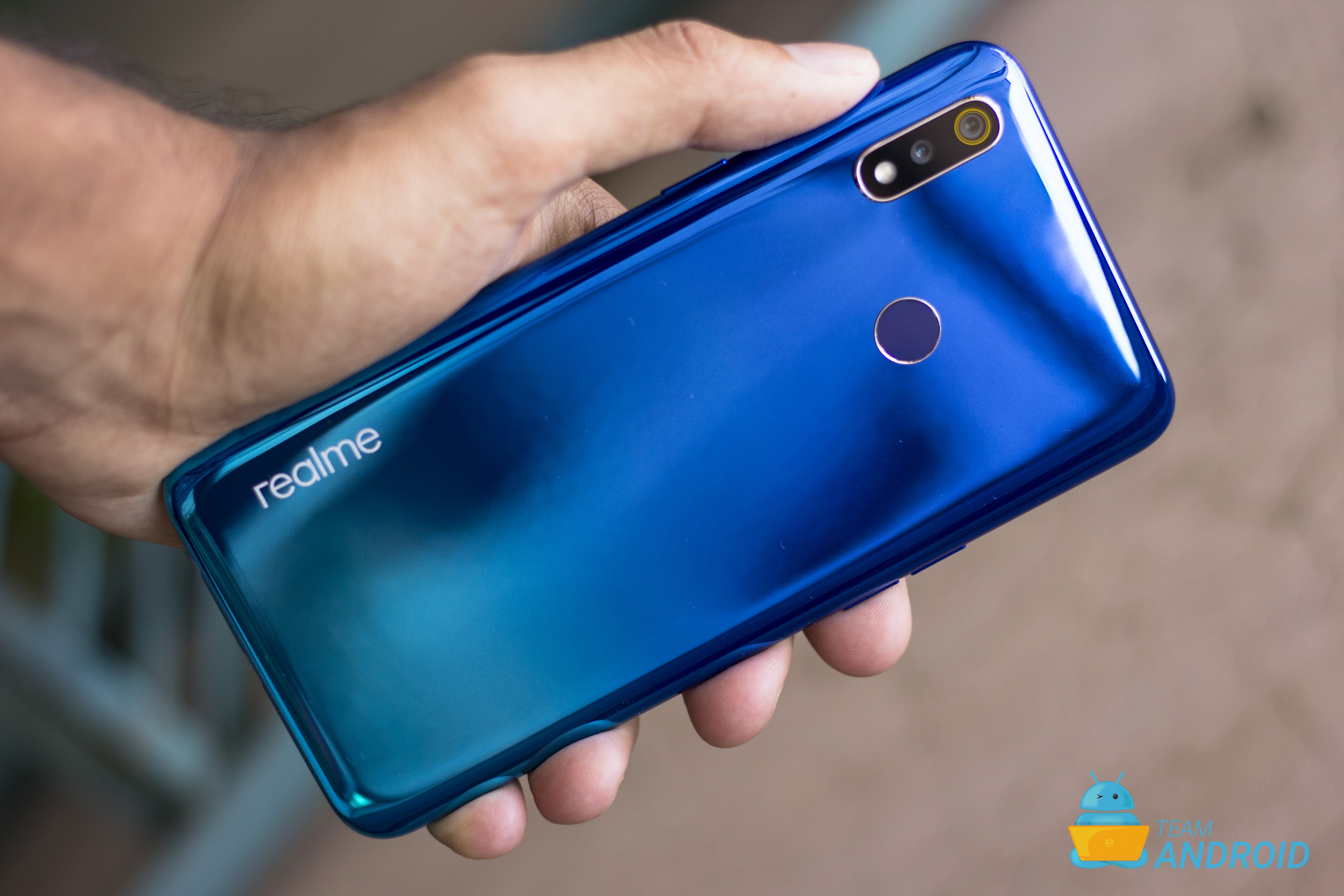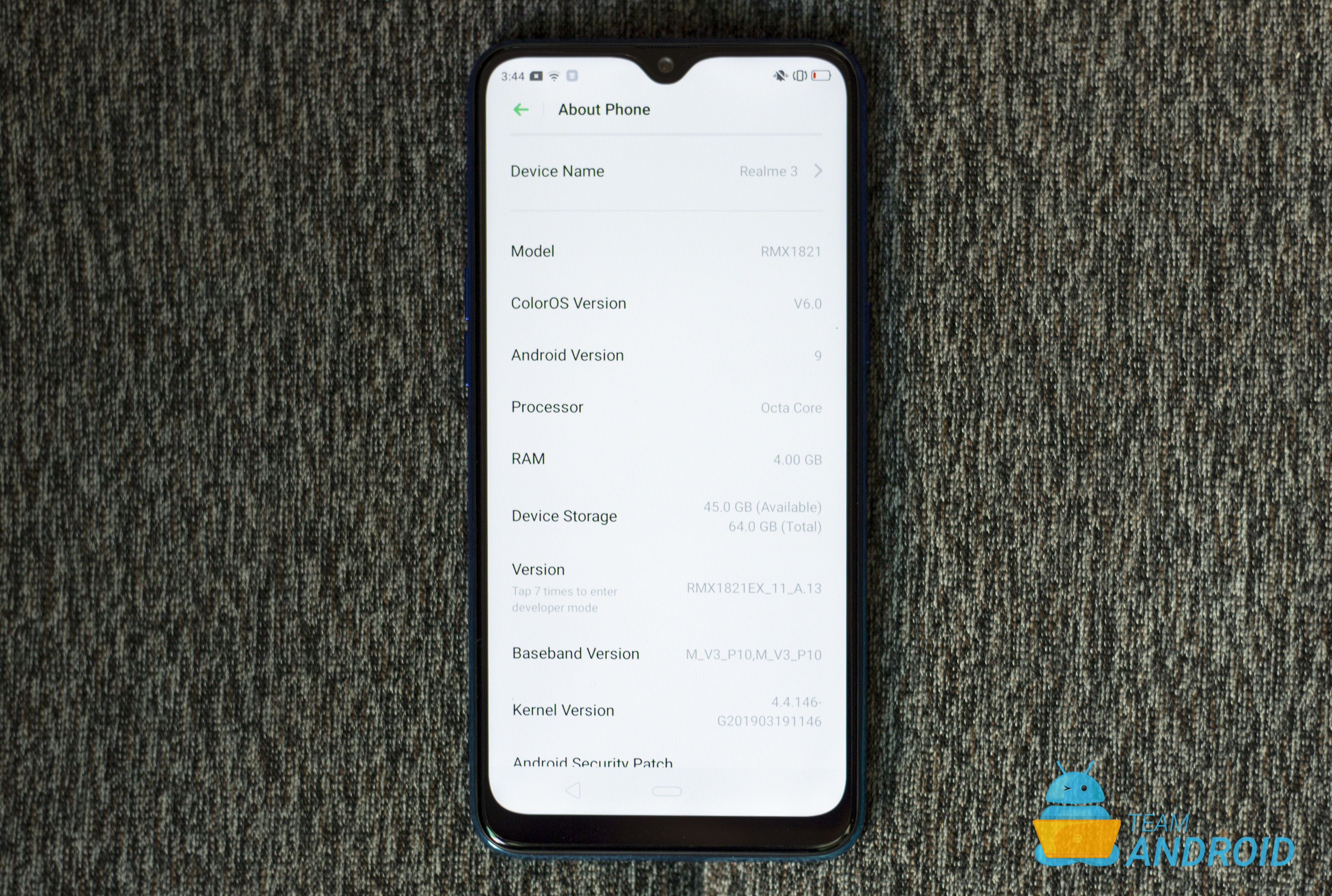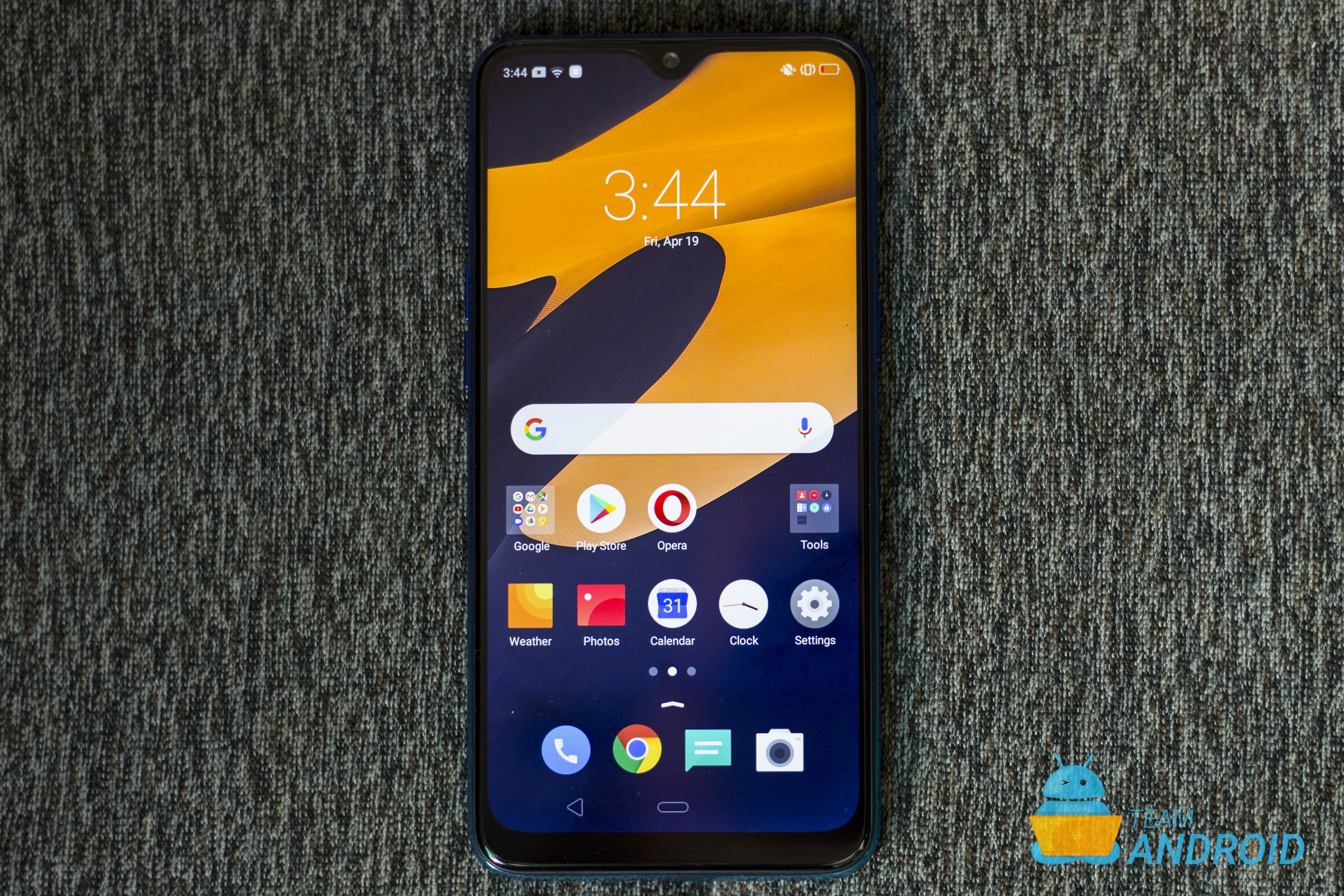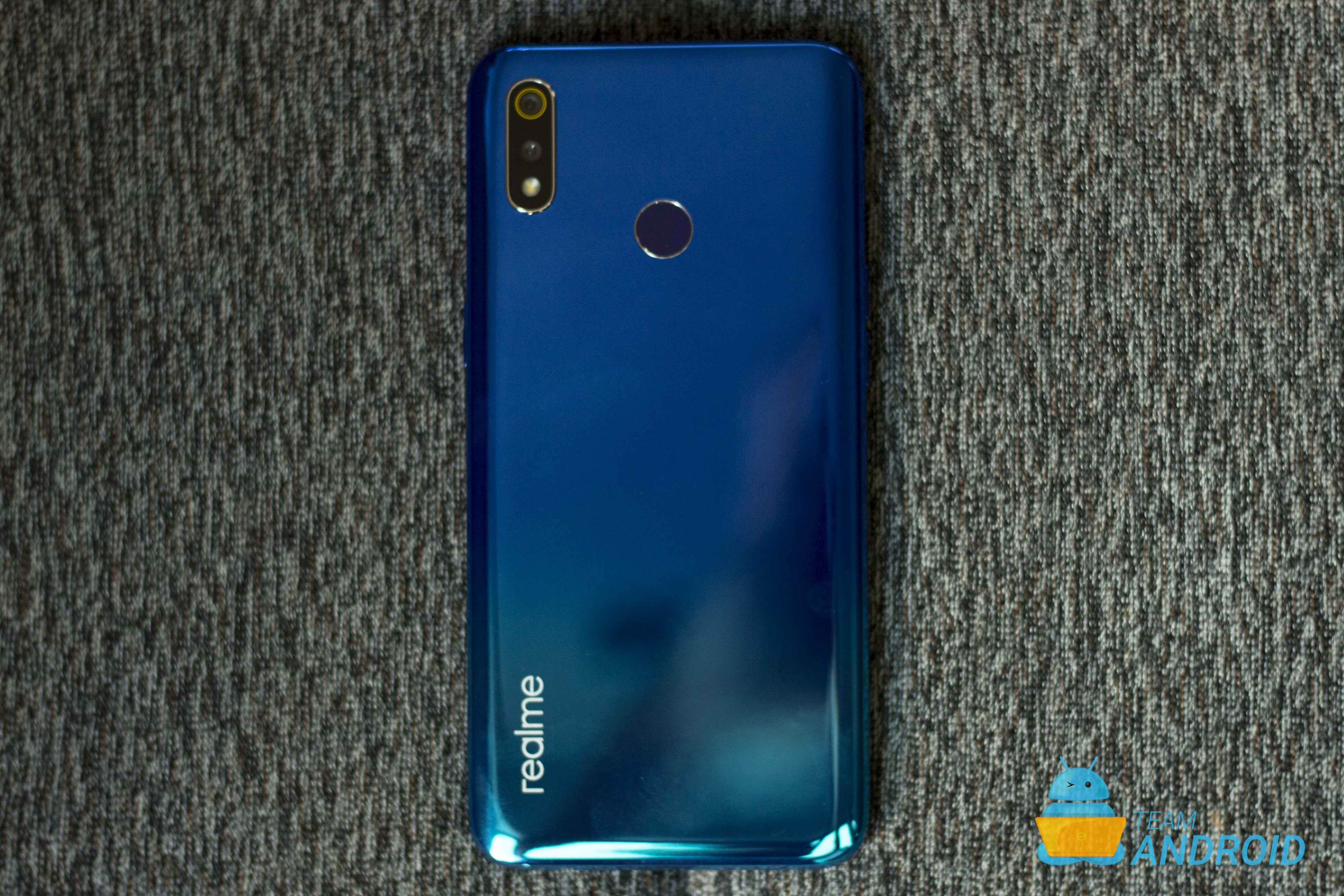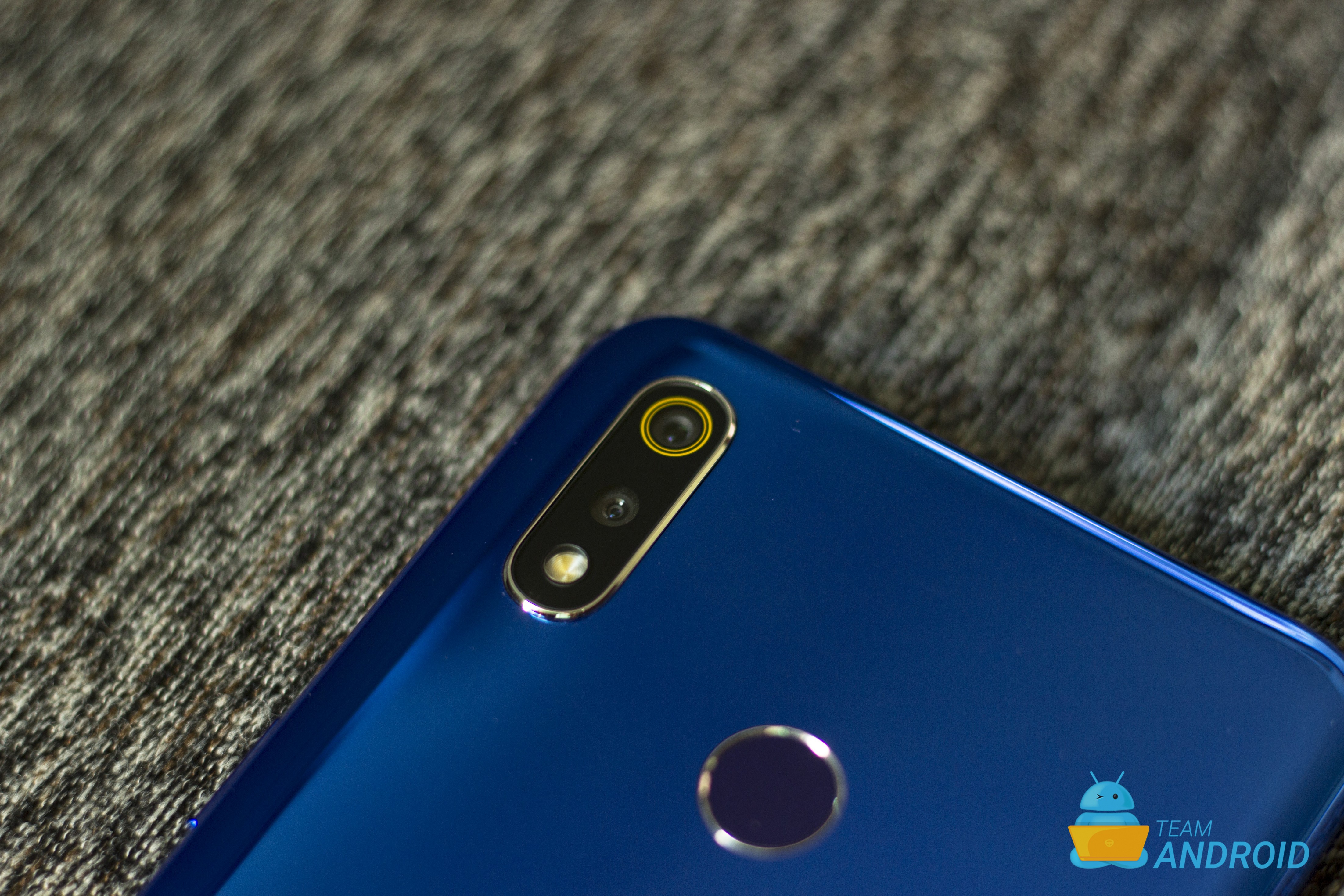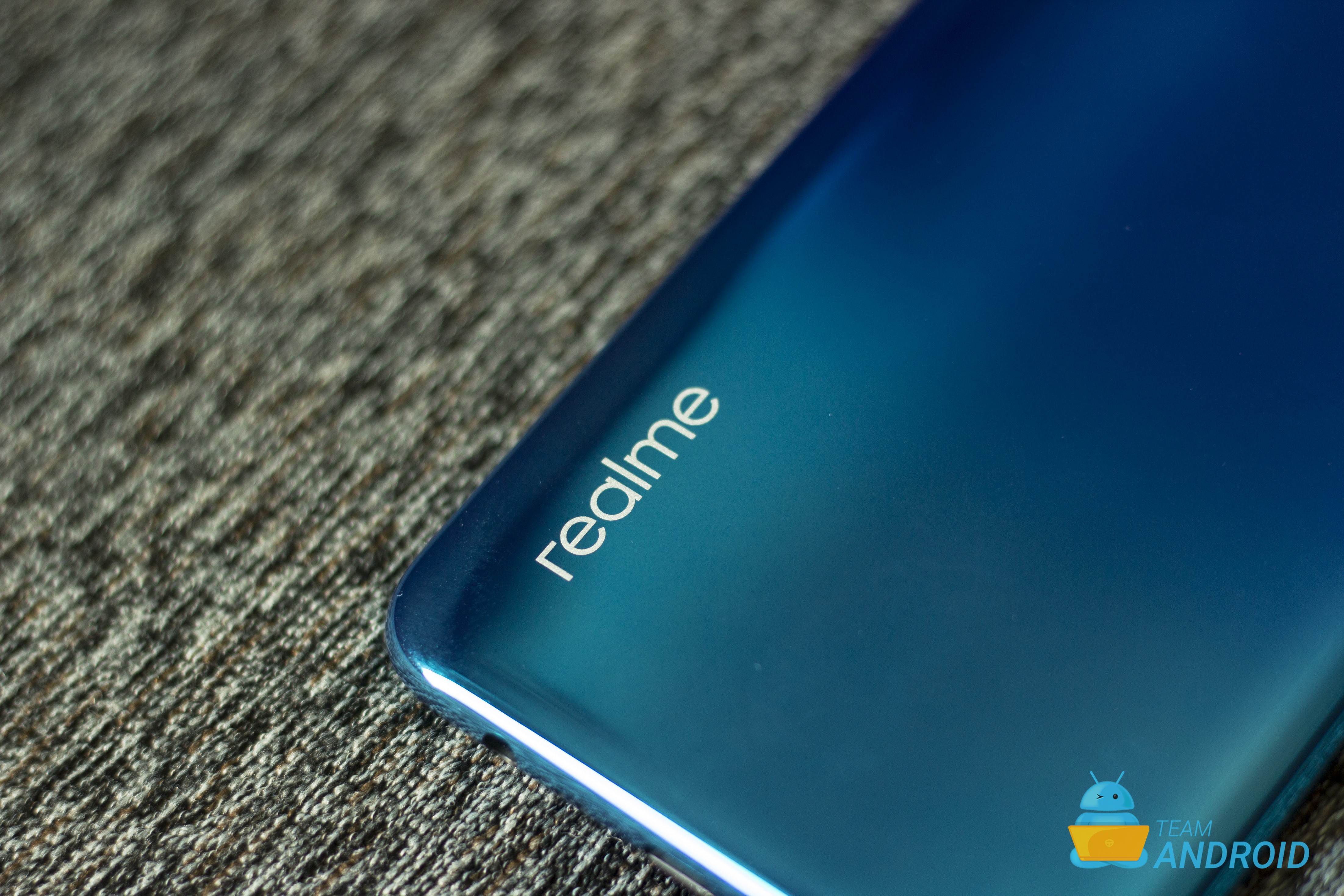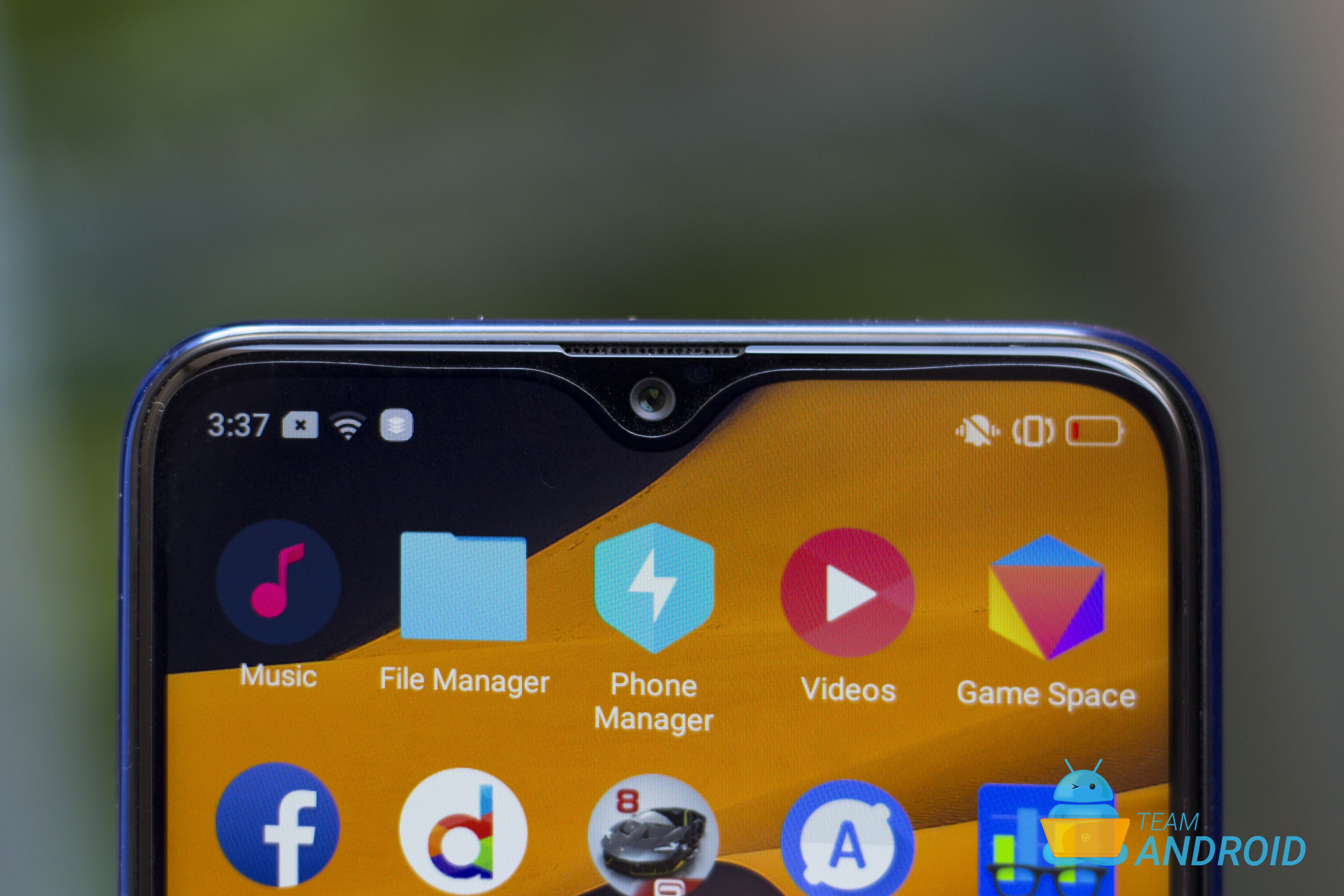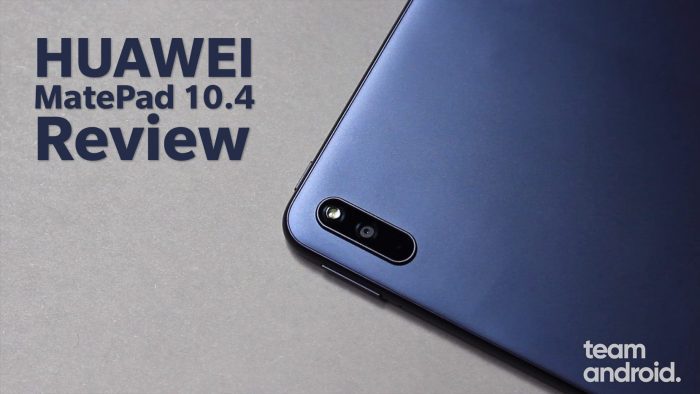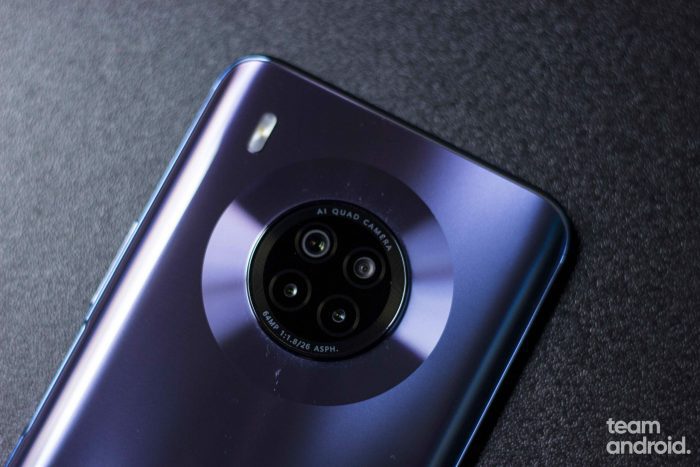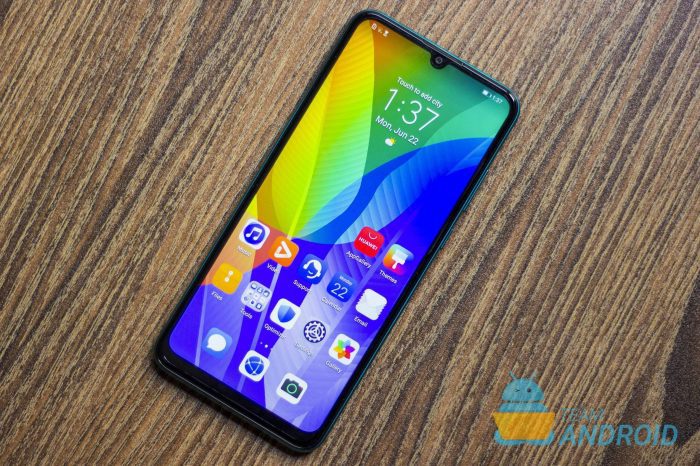Evolving from last year’s lineup, Realme 3 has recently been announced as the brands latest entry-level, value phone. This new device follows up the popular Realme 2 from 2018. Again, the philosophy with Realme 3 has been to come up with a phone that is easy on the pocket yet does not compromise on anything in a major way. The pricing surely is phenomenal — around $200 — but then again, there is always the question of whether the savings in price are worth it against the quality and functionality. In this review, we will look at Realme 3 in detail and see how it fares up!
Realme 3 is equipped with all headlining features that users have come to expect with a 2019 smartphone. There is a minimal-bezel, large display upfront, a fingerprint sensor on the back and dual cameras as well. To achieve a high screen to body ratio, Realme has added a dewdrop notch for the front display which is quite less obtrusive than a traditional block-style one. Exterior-wise, the phone comes in amazing gradient color options as well.

Read more: Realme 3 – Unboxing Video and First Impressions
Before our discussion, here is the list of all official Realme 3 technical specs:
- Network: (GSM / FDD / TDD / WCDMA)
- Display: 6.2-inch Display (19:9, 1520 x 720)
- Processor: Mediatek P60
- OS: Android 9.0, ColorOS 6
- Camera Rear: 13MP f/1.8, 2MP
- Camera Front: 13MP f/2.0
- Connectivity: microUSB, Bluetooth and 3.5mm Headphone Jack
- Memory: 4GB RAM + 64GB Storage / 3GB RAM + 32GB Storage
- Dimension: 156.1 x 75.6 x 8.3 mm
- Battery: 4,230mAh
Design and Hardware

Starting with Realme 3’s design, it follows a bar shape with rounded edges and a curved back. The whole device is covered within a plastic chassis and similarly, complete rear panel is plastic as well. To make Realme 3 feel and look a bit premium, the back has been painted in a glossy finish. From a distance, people would easily mistake the phone to have a glass back which, we assume, was the goal to begin with. Also worthy of mentioning, the whole back has a curve to it which makes the phone easy to grip and slightly more manageable despite the large display.
Going about the device logically and viewing it from all angles, Realme 3 has a front 6.2 inch display with a dew-drop notch. The bezels are quite minimal and it is surprising to see how entry level devices can manage this feat without being expensive. However, the display panel itself is a bit lacking. This is mainly due to the low resolution being extended on such a large panel. The colors seem good and there is accurate representation. For the untrained eye, lack in sharpness would not be noticeable. It is only when you compare it to devices much expensive than Realme 3, you start noticing differences. For the price-point, this is quite adequate. Further, on the front, there is a front facing camera and standard earpiece. No LED notification light, unfortunately.
Onto the back, Realme 3 has a fast fingerprint sensor placed at the rear along with dual cameras which we will be discussing in detail ahead. The branding is quite minimal as there is just the Realme logo printed on the bottom left corner. What makes the phone unique, however, are its color options. There are 3 choices. You can get the Radiant Blue (our unit) which features a gradient between dark blue and light blue. Or you can choose Dynamic Black which again is a gradient but between Purple and Black. Lastly, if you are not a fan of bold color schemes, there is a Classic Black solid color option as well.
On the left border of Realme 3, there is the main power button. For the right, there are volume controls with individual buttons for increasing and decreasing volume. Also on the right is the SIM and card tray. This phone features dual SIM capabilities while also letting users expand storage via microSD card. At the bottom there is the speaker grill, microUSB port and a standard 3.5mm headphone jack. This set of I/O might seem dated but for the audience Realme 3 is targeted at, this is perfect. Users would not have to fetch new chargers and accessories when buying the Realme 3.
Internal hardware of Realme 3 boasts a Mediatek P60 processor for the Pakistani market. In other regions, this phone comes with Mediatek P70. This modification has been done to lower the price of the phone even further. Also, in our tests, Mediatek P60 performs quite closely to P70 in terms of day to day tasks. Further, for storage and RAM, there are two variants. One is with 3GB RAM and 32GB storage whereas the other one comes with 4GB and 64GB. Our unit is the latter one so do keep that in mind while examining any benchmarks and performance tests in this review. While the OS and normal tasks execute quickly, Realme 3 also manages to run high-end games well. For a rough idea, here are some benchmark results:
Camera

Realme 3 has pleasantly surprised us with its camera performance. Thanks to new AI algorithms and better hardware, this phone takes some good shots. Actual camera hardware is 13MP f/1.8 for the main sensor and there is also a secondary 5MP camera which assists in depth information. Software modes such as Chroma Boost, Hybrid HDR, Nightscape and Portrait Mode help users grab the perfect shot from Realme 3. The camera app itself is quite intuitive and easy to use. Pro mode is also present if users want to fiddle around with settings manually. For its price, Realme 3 has one of the best camera systems around.
Take a look at some of the shots we were able to grab from the phone:
For the front camera module, it is also a 13MP sensor. Resulting photos are sharp and crisp. Again, software assistance helps in further perfecting the photo. Realme calls it AI Beautification.
Connectivity and Battery
Budget phones or flagships, all have one thing in common: they all offer communication services to the end user. Similarly, customers expect few baselines when buying a new phone regardless of which category of device they are looking at. Similarly, Realme 3 although is an entry level phone, it still provides all modern connectivity. Phone supports upto 4G LTE data speeds and on a dual SIM configuration. Further, there are good WiFi antennas on board as well.

Utilizing great software techniques, having a low-voltage CPU and large battery capacity of 4230mAh, Realme 3 easily lasts one complete day and more. If you lightly use the device, it can even last up-to two days. Whether you game all day, it is quite challenging to deplete the battery within 12 hours which is a big achievement. However, there is a downside. The problem has nothing to do with the battery itself but the way it is charged up. Realme 3 doesn’t support fast charging hence it requires above 2 hours to completely charge from zero percent on a standard 10W charger. It is recommended you charge your phone overnight but then again, it is quite cumbersome if you need to quickly charge within the day.
Software

Realme, making use of its Oppo ownership, ships ColorOS on all its phones. For Realme 3 specifically, it comes with ColorOS 6 which is based on Android Pie and has recently been introduced to Oppo phones. Straight off, the overall UI is quite clean and modern looking. It is quite easy to navigate and everything is placed logically making it effortless to learn.
ColorOS being a proprietary Android skin, it carries few proprietary features that directly add to the value of Realme 3. First, there is face unlock. Using the front camera, users can simply unlock Realme 3 without registering their finger or entering a code. More, there are added accessibility features such as gesture navigation, smart sidebar. And as discussed previously, camera app and AI software enhancement for photos makes for amazing photography.
Default Bundled Realme 3 Apps and Features:
- Face Unlock: To ease users, ColorOS supports face unlock. Through this, users just need to look at the phone and swipe up to unlock. The service is reliable in low lit conditions and works quite fast.
- Realme Secure Keyboard: To avoid any security risks, ColorOS automatically detects when users are inputting sensitive data such as passwords and automatically switched to its secure keyboard rather than allowing third-party keyboards to input.
- Smart Sidebar: As part of accessibility offerings, there is a smart sidebar which can be activated and the utilized by a simple swipe at any screen. Through this users can access apps and different functions like screenshots.
- Split Screen: To boost productivity, ColorOS also has its own split screen feature which lets users utilize two apps at once through split screen.
- Navigation Gestures: In order to provide users with extended display space and provide easy navigation, ColorOS supports complete navigation gestures.

